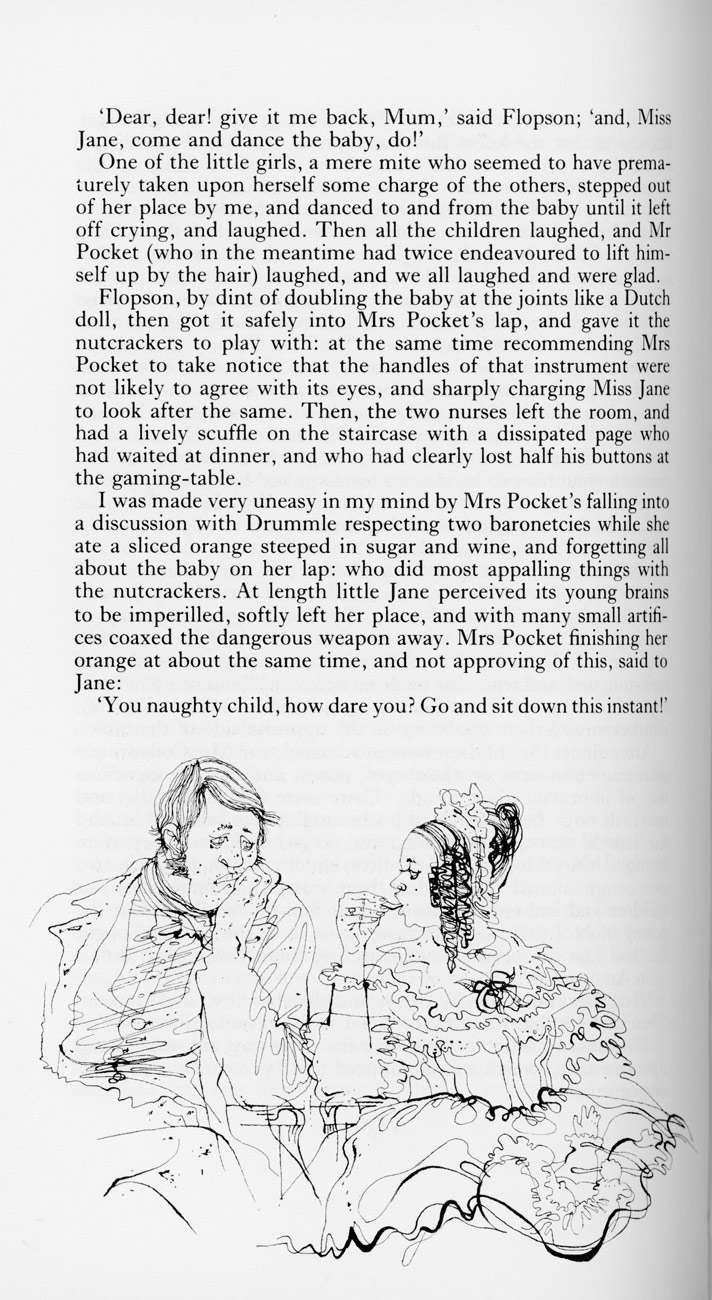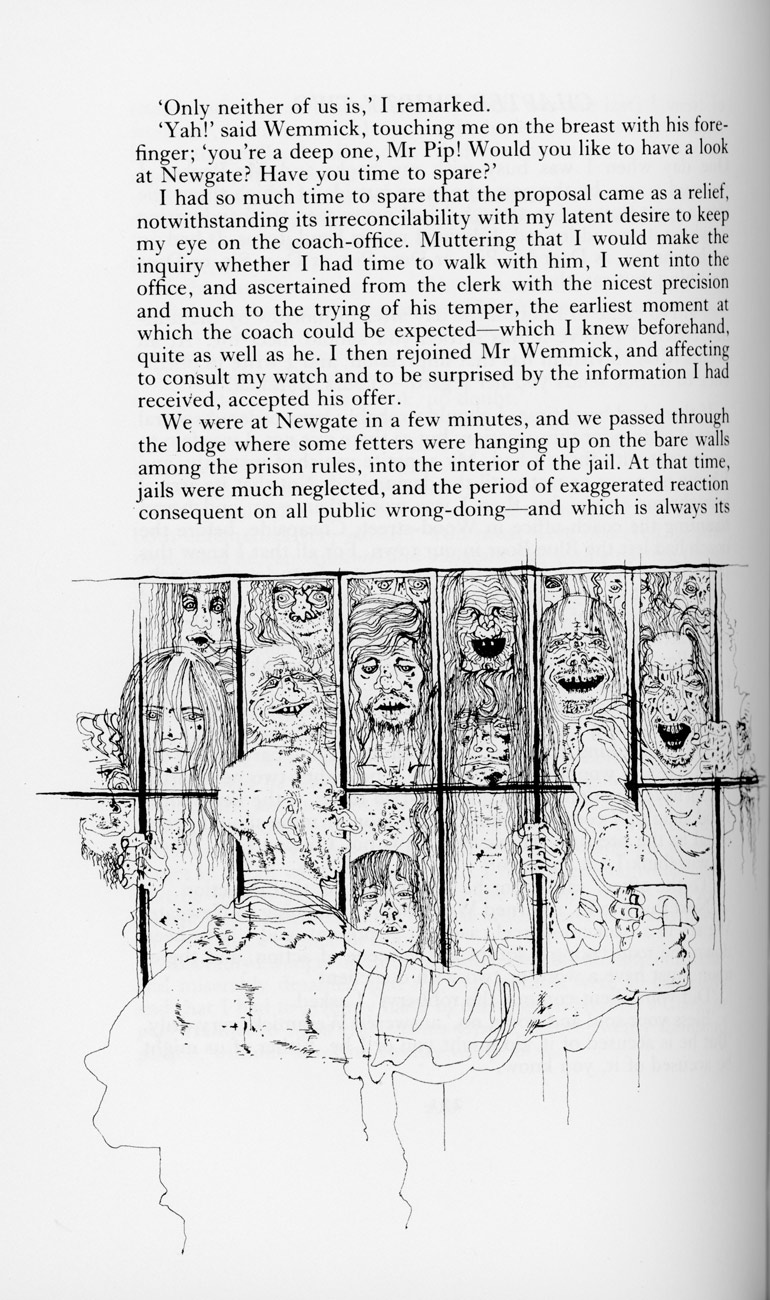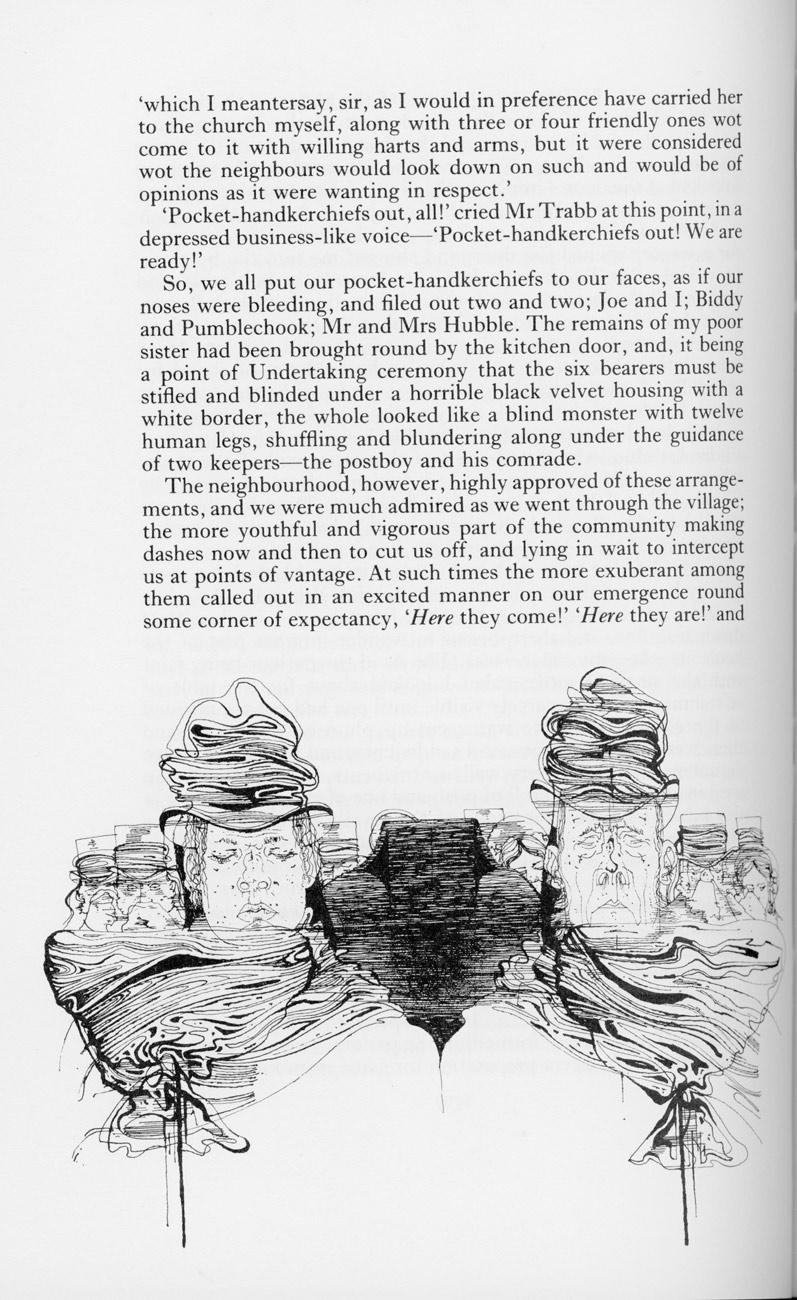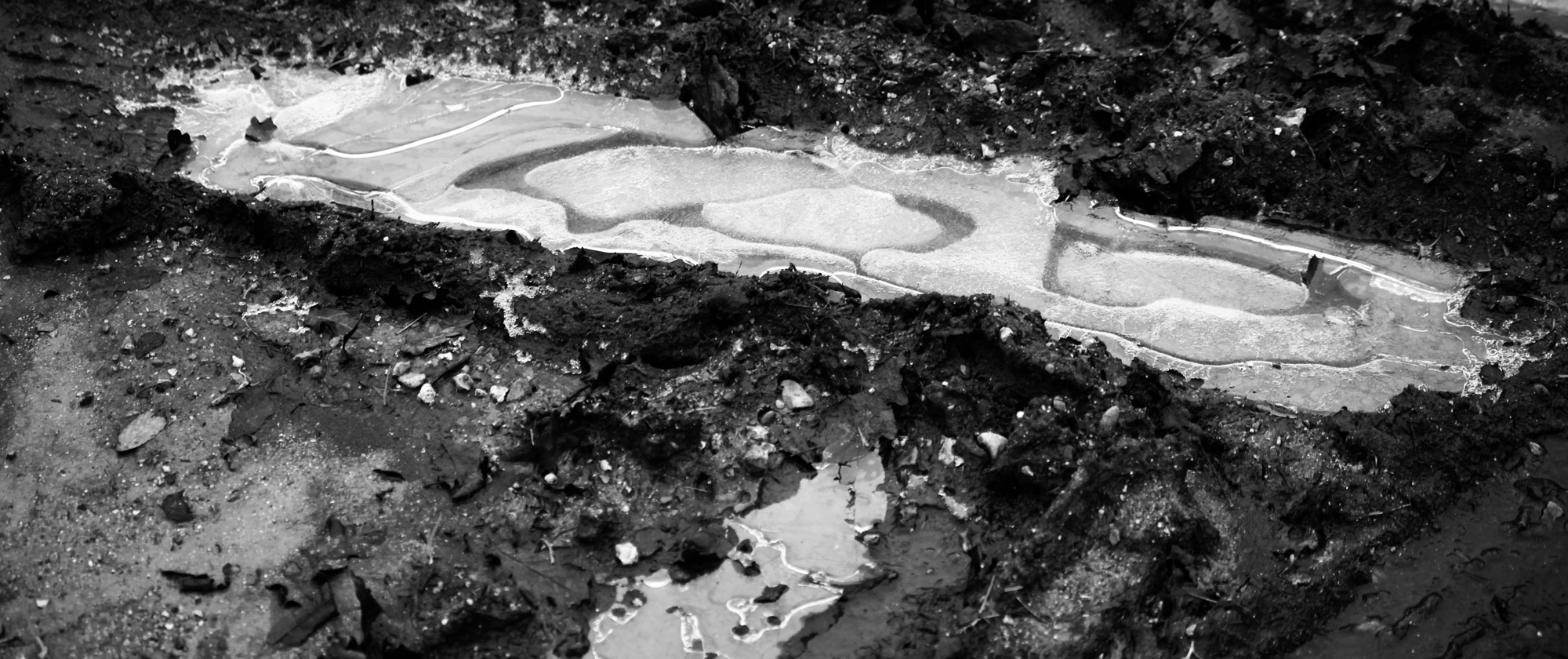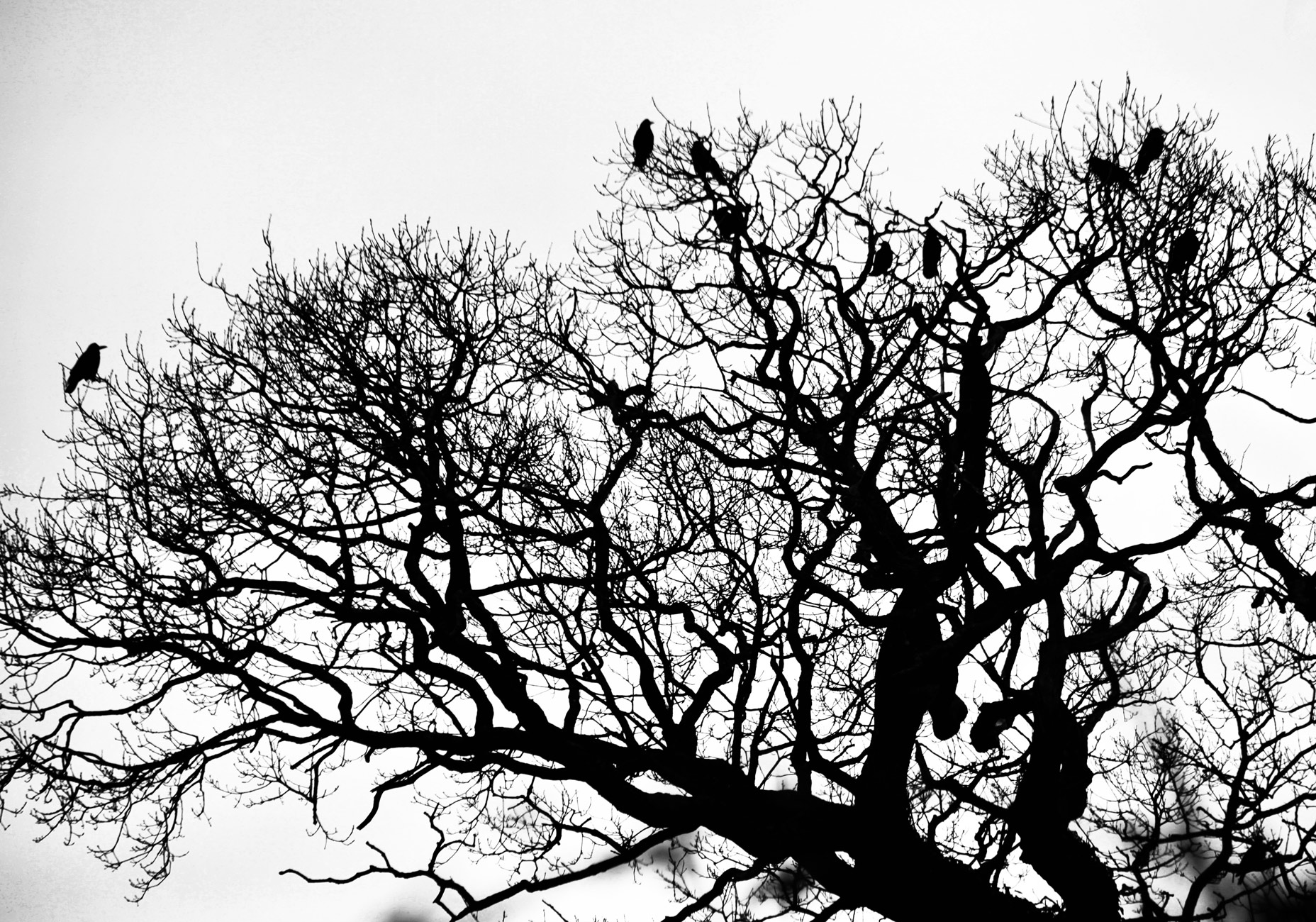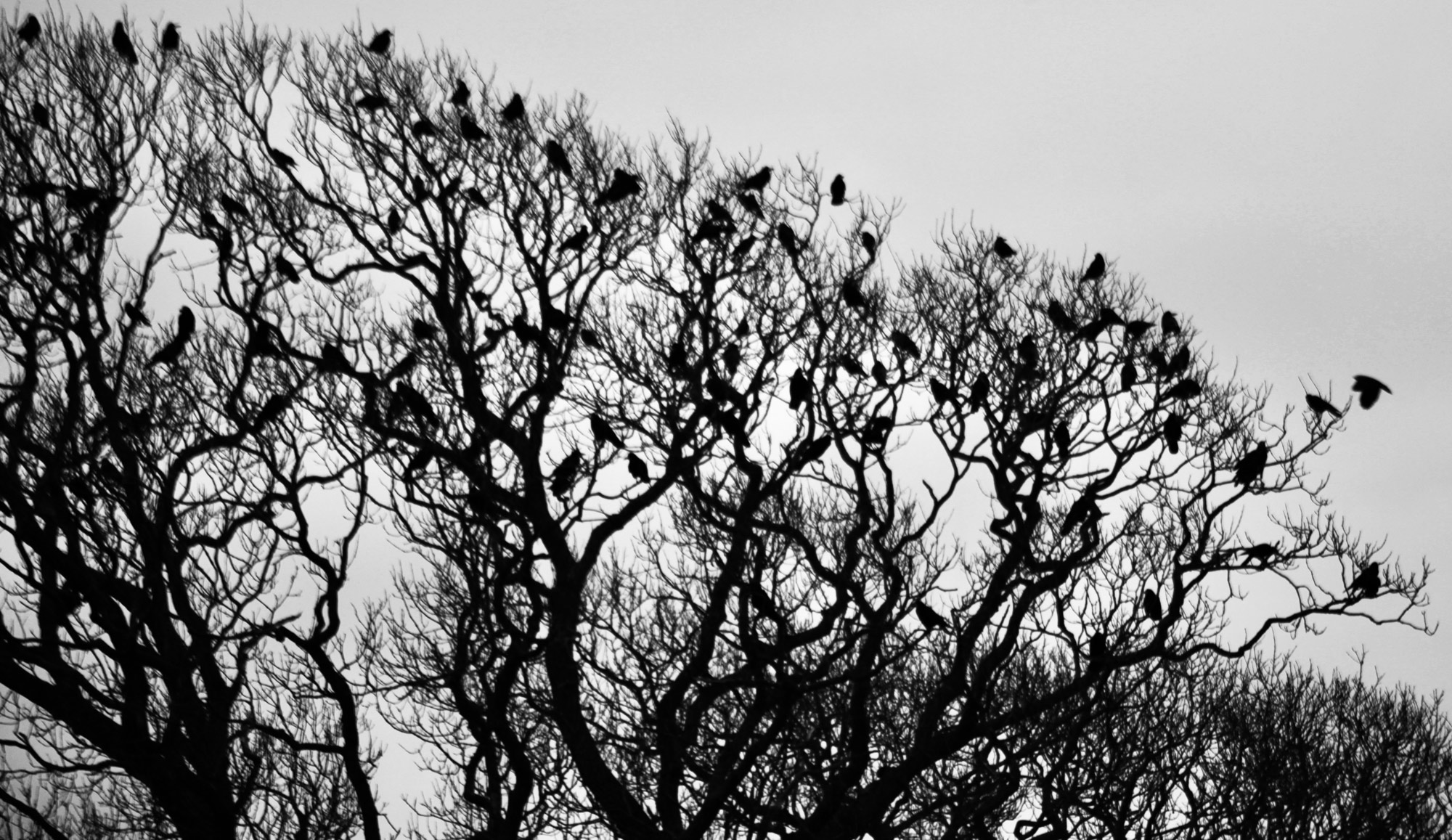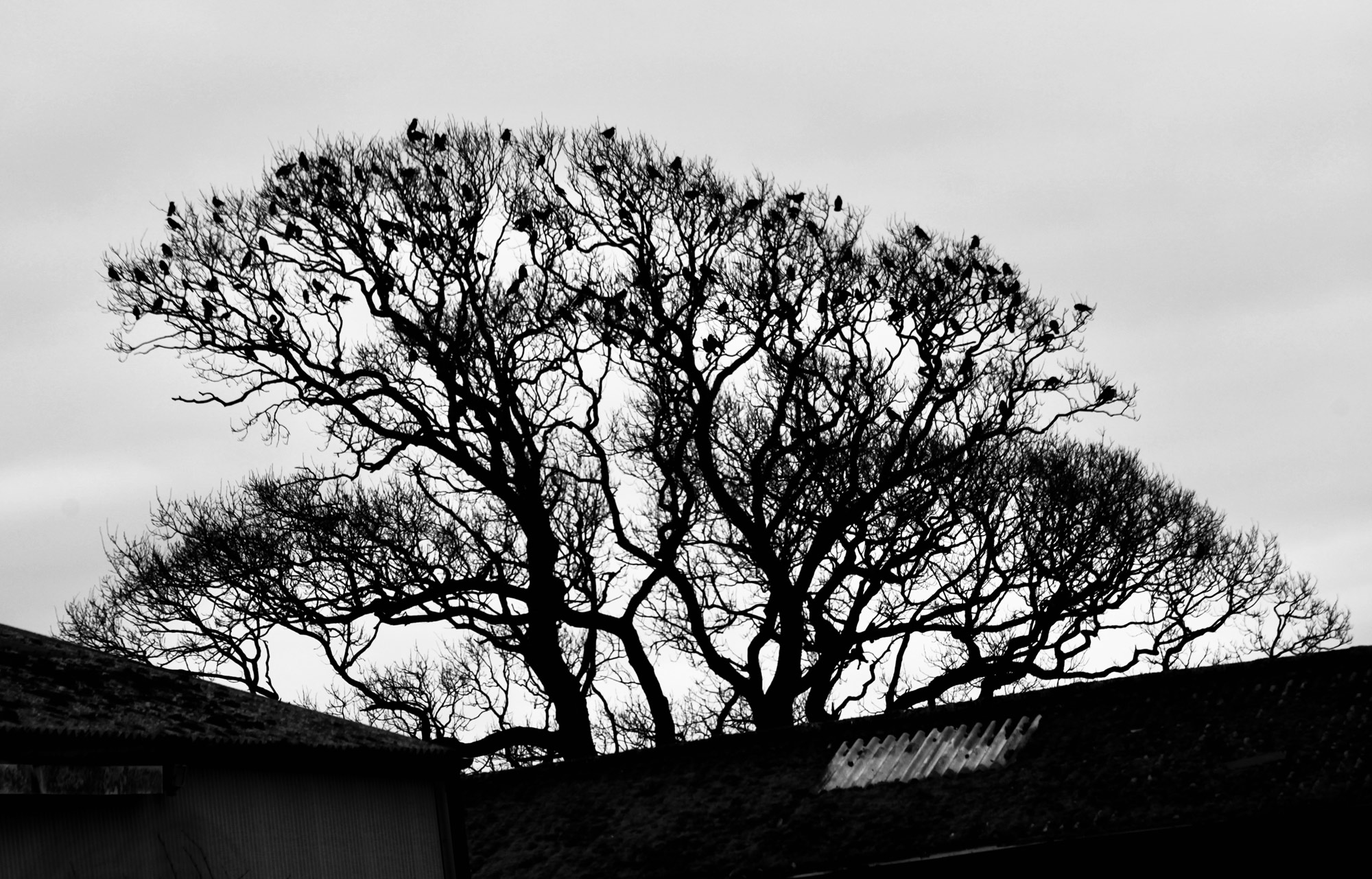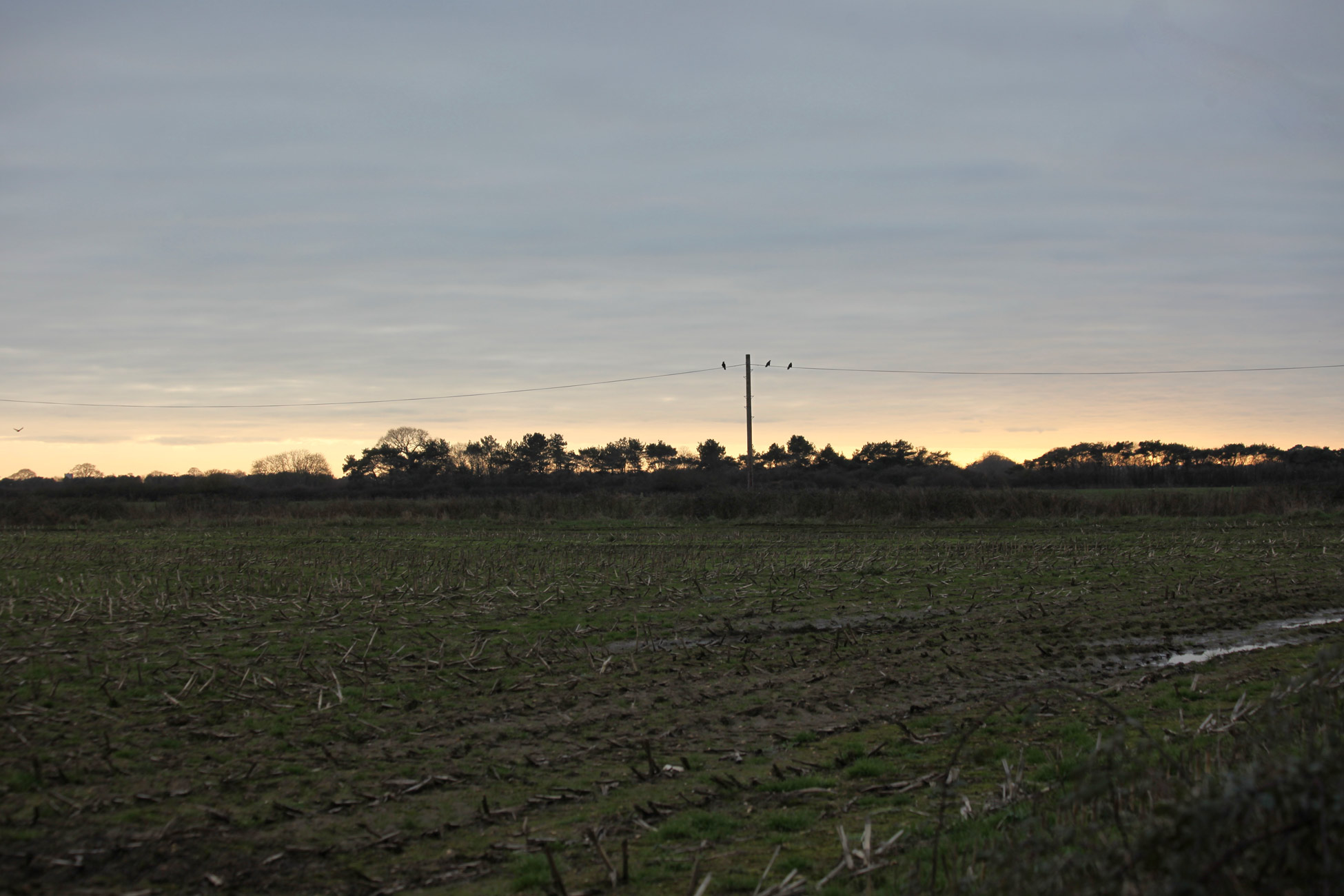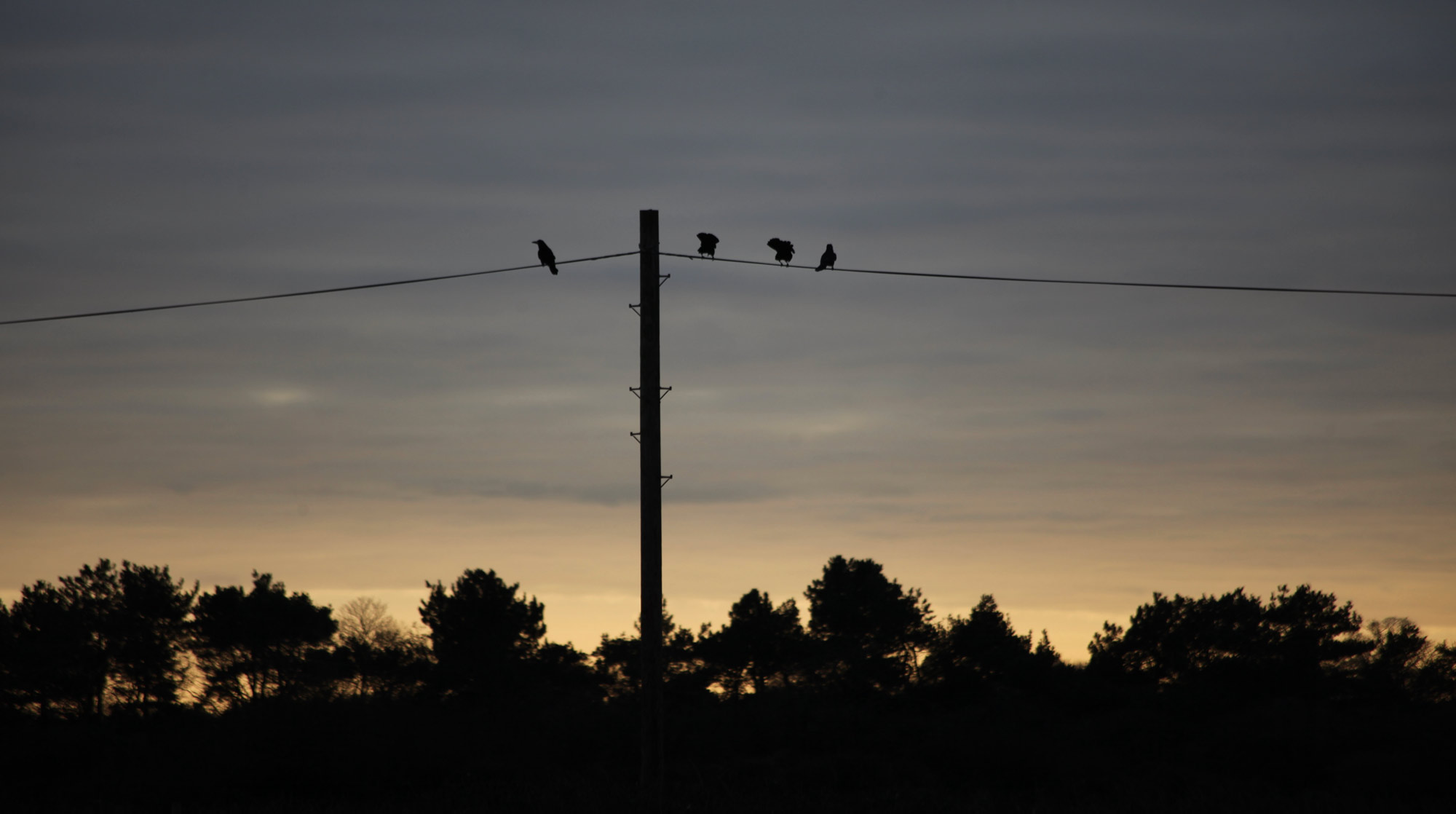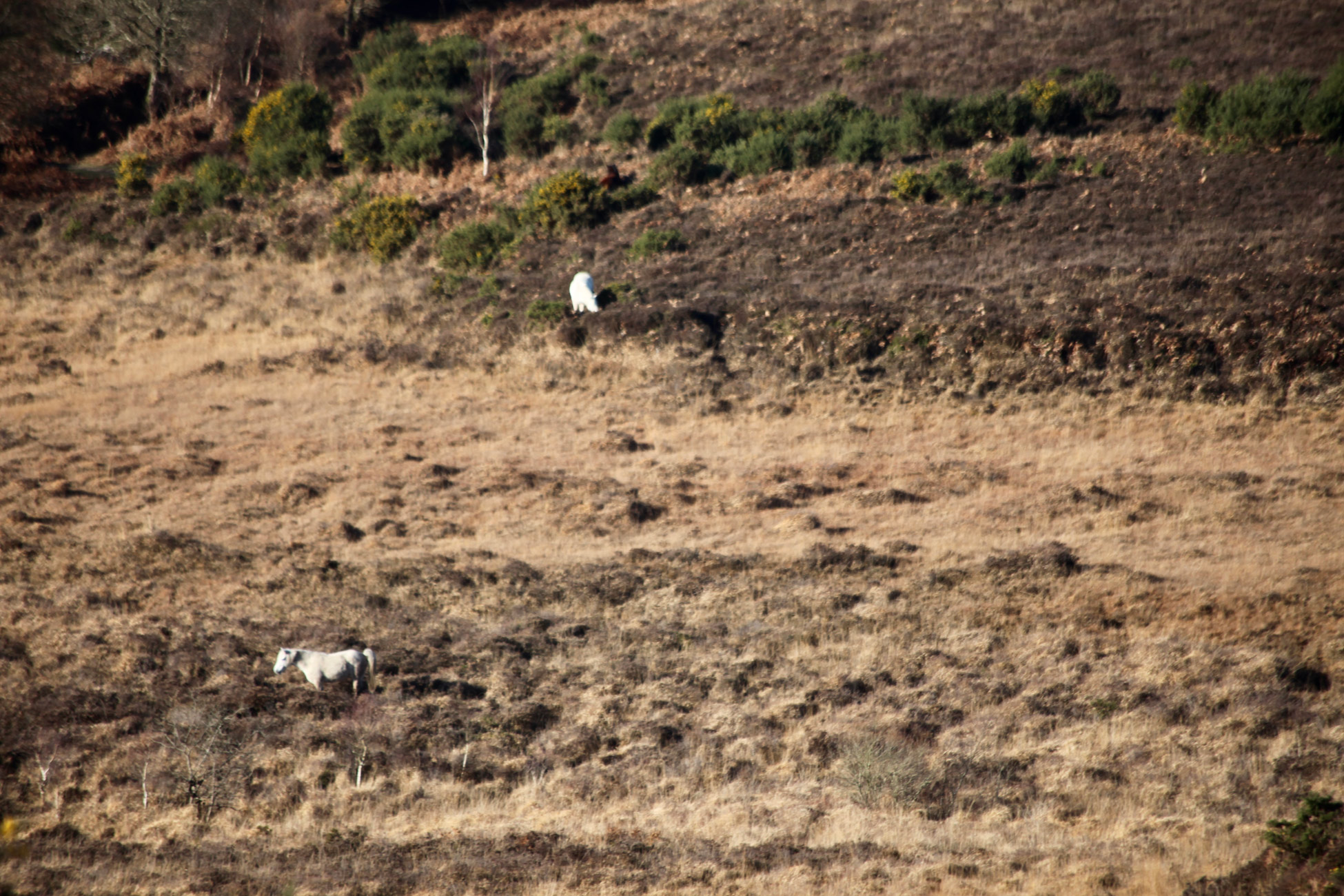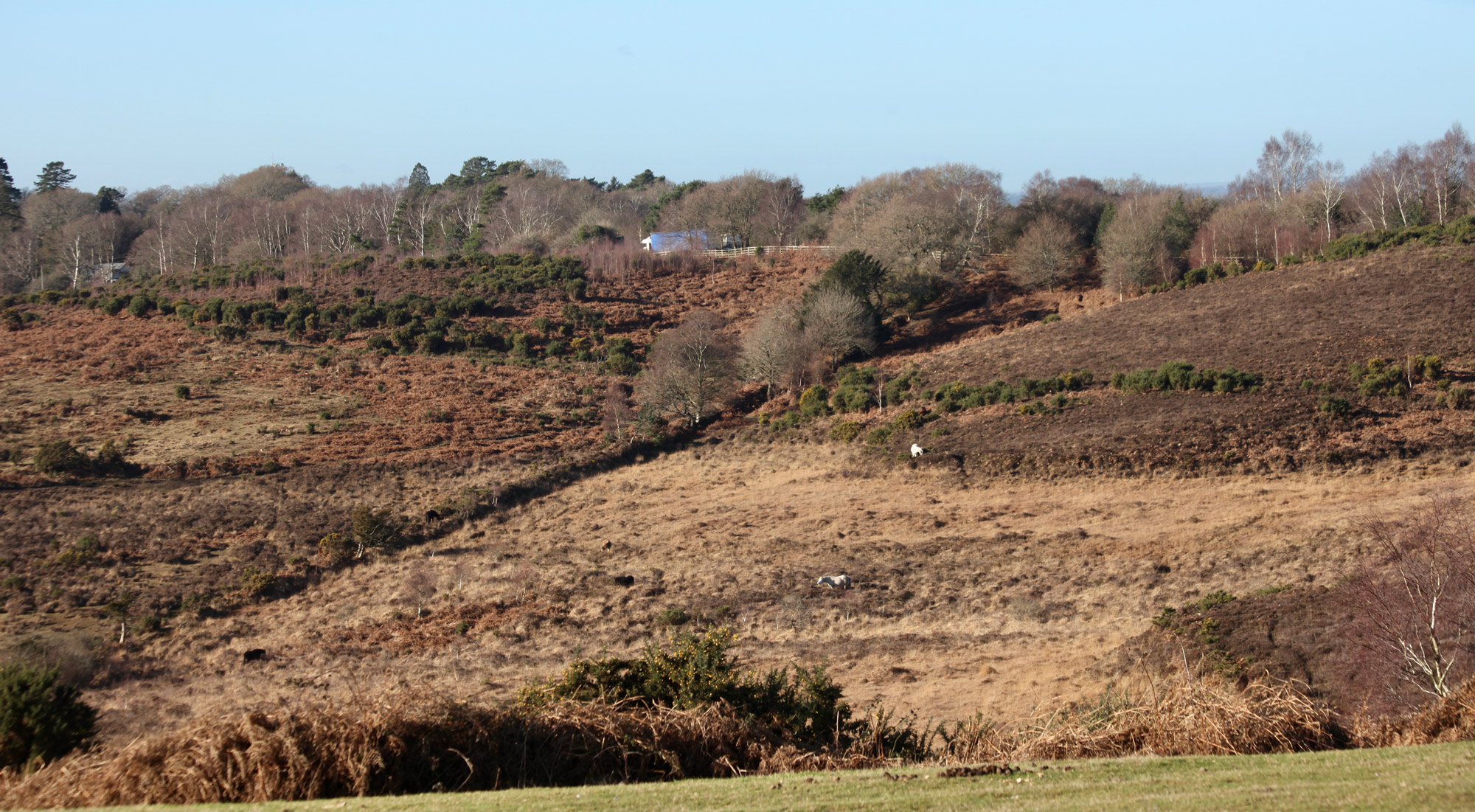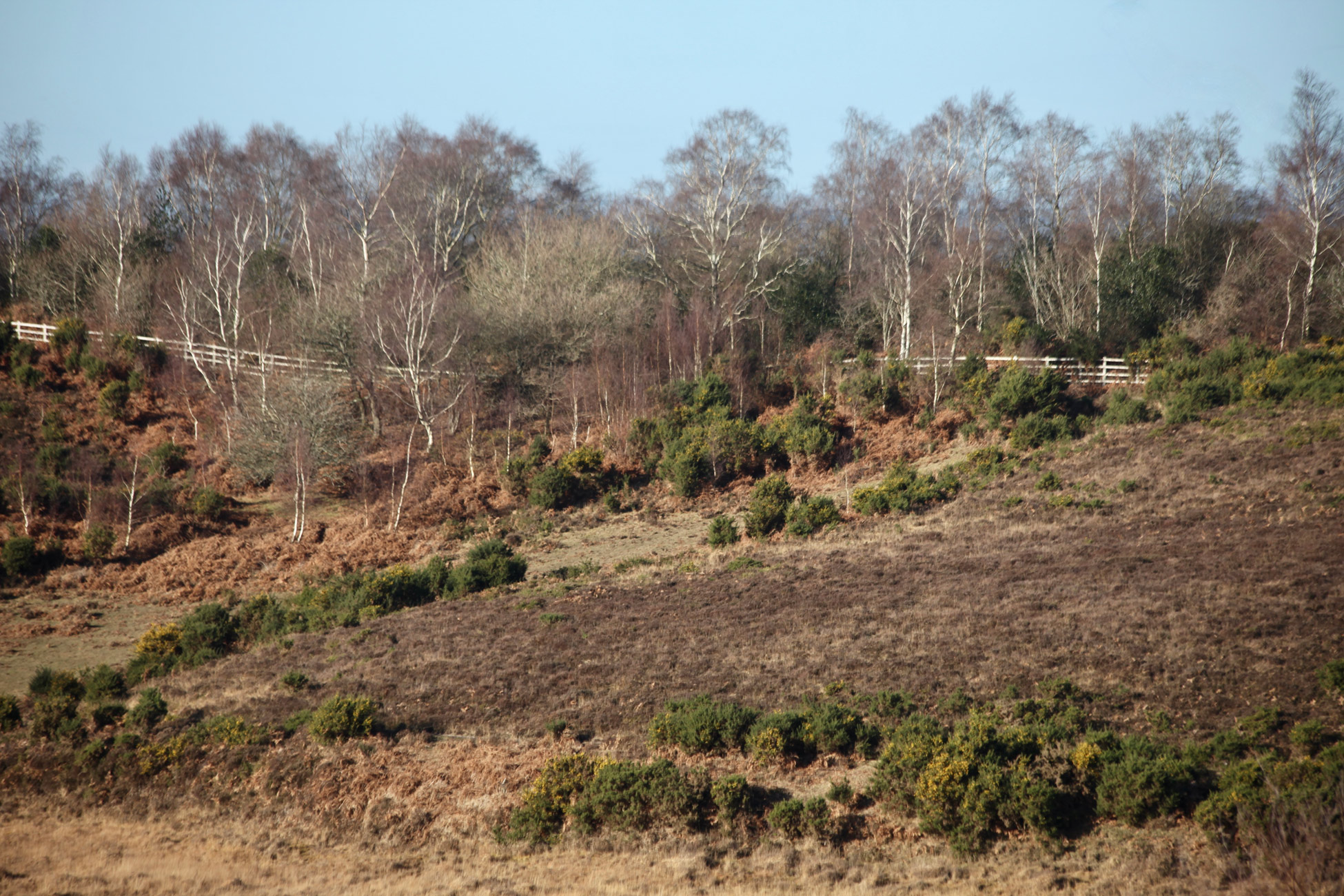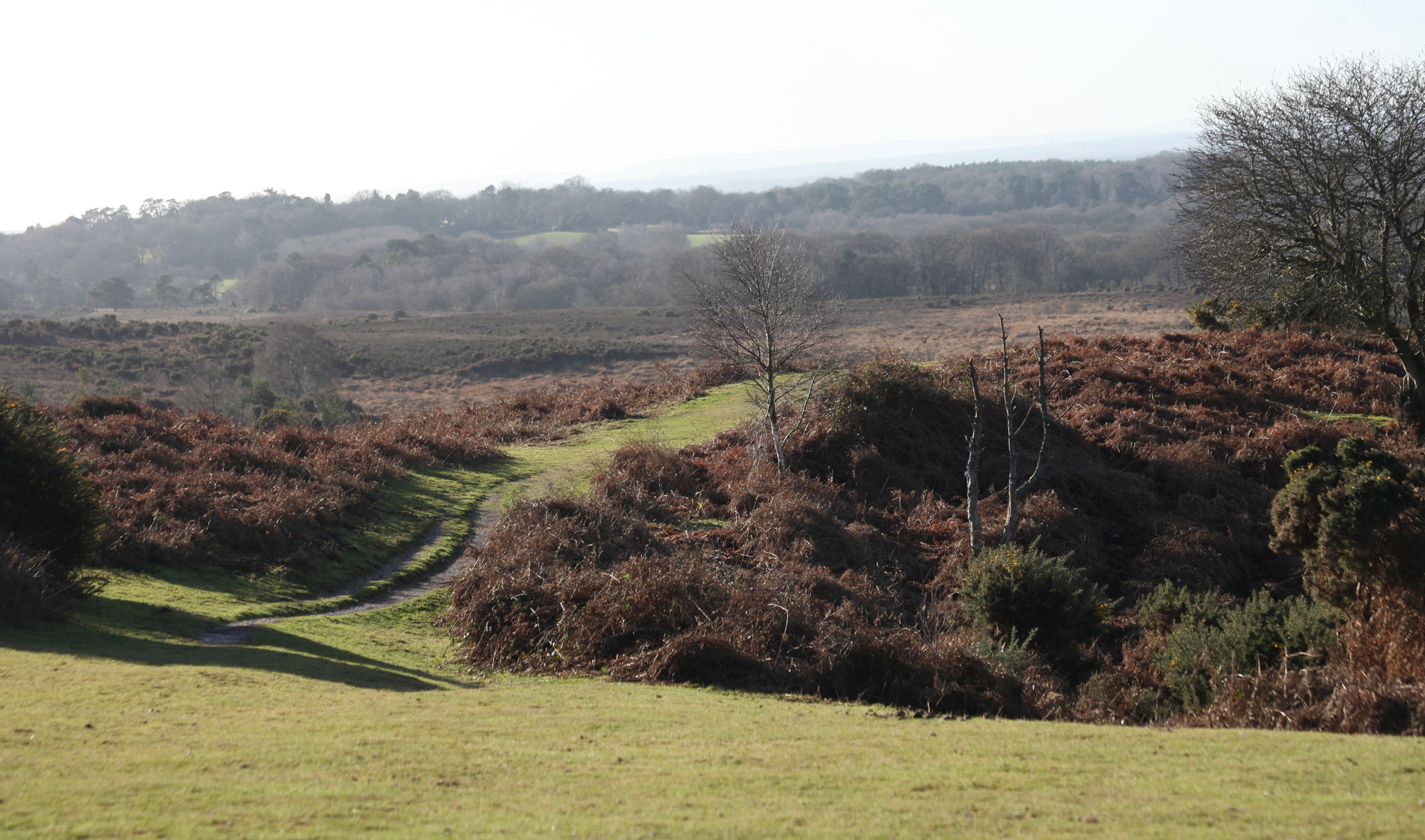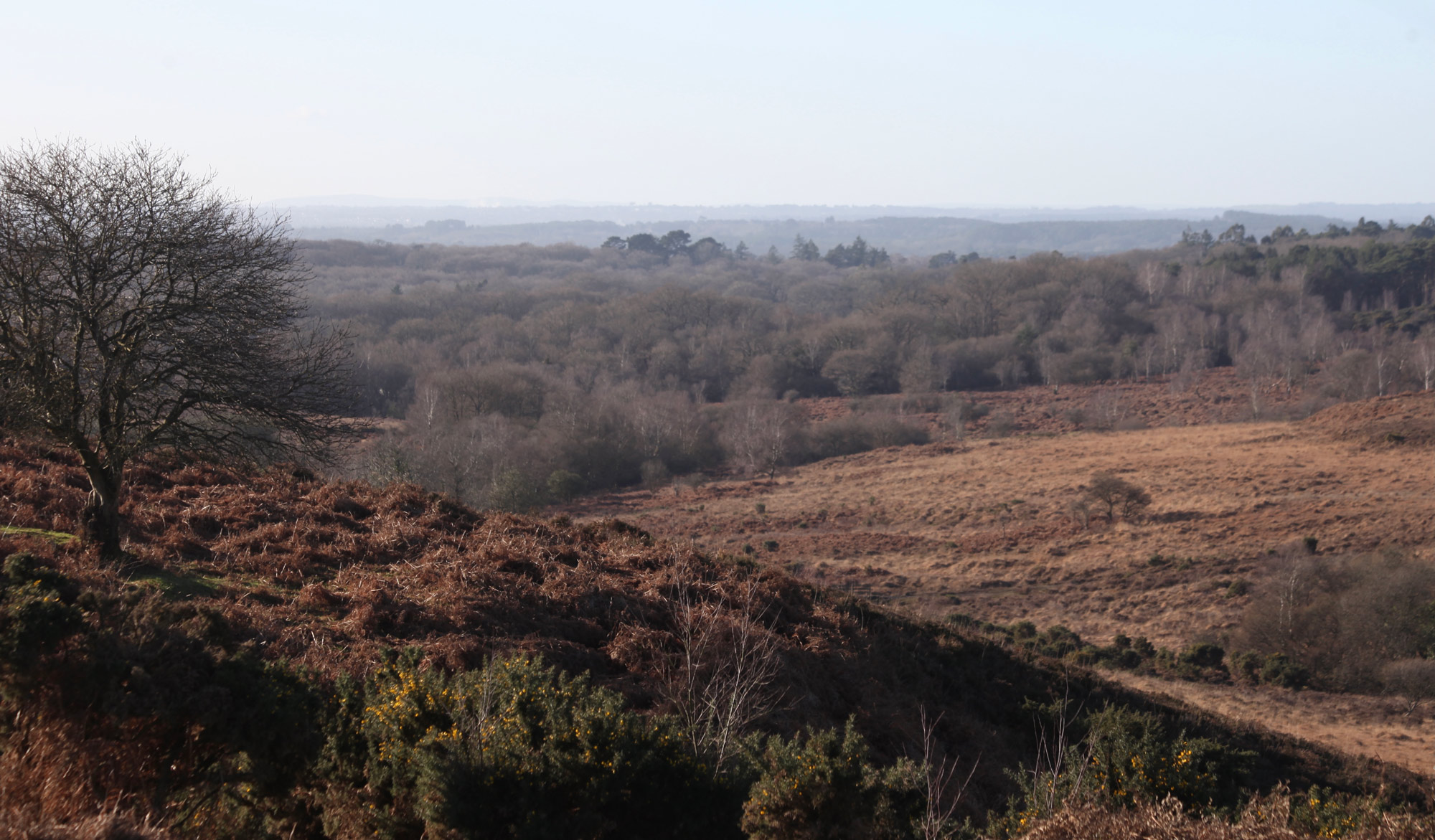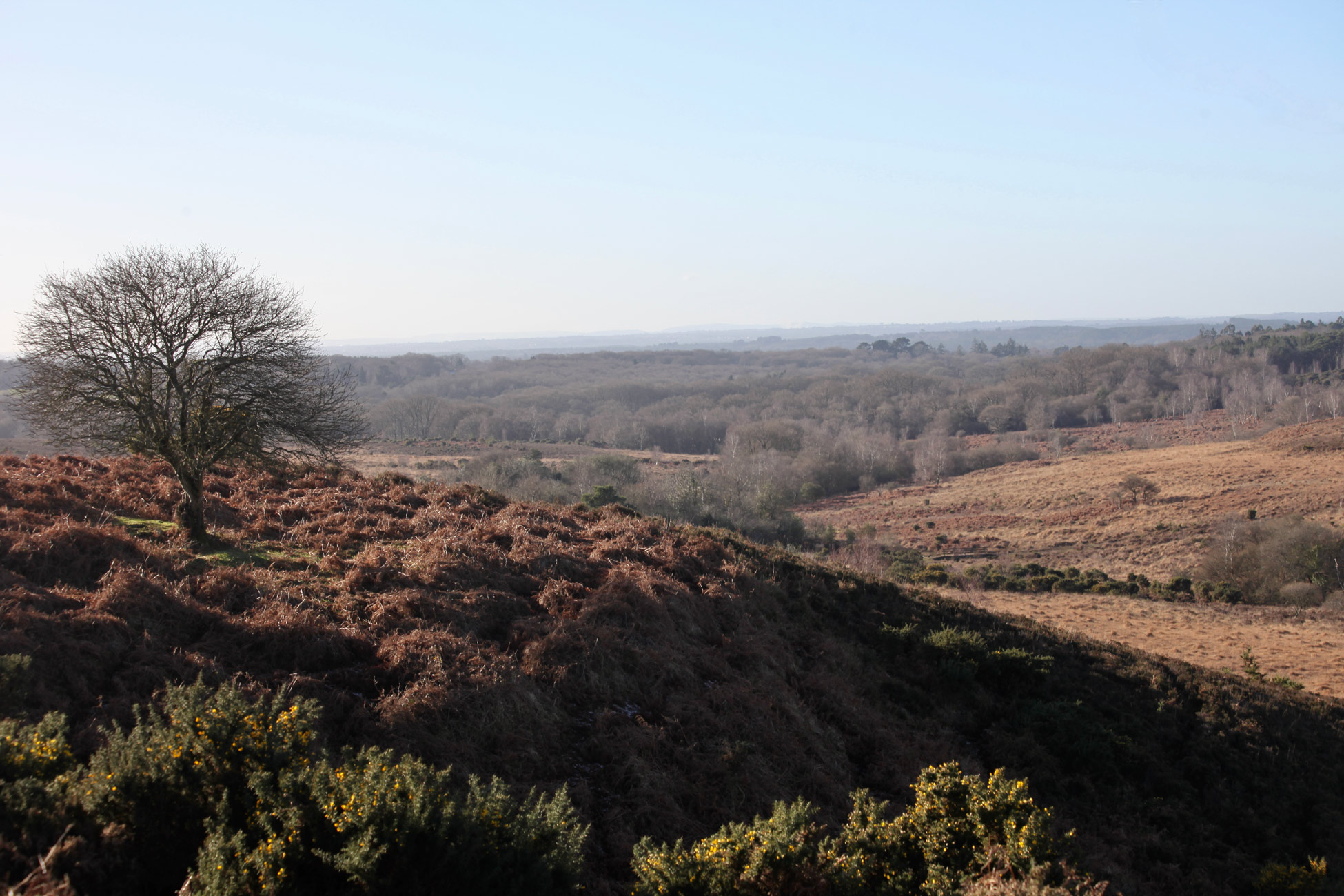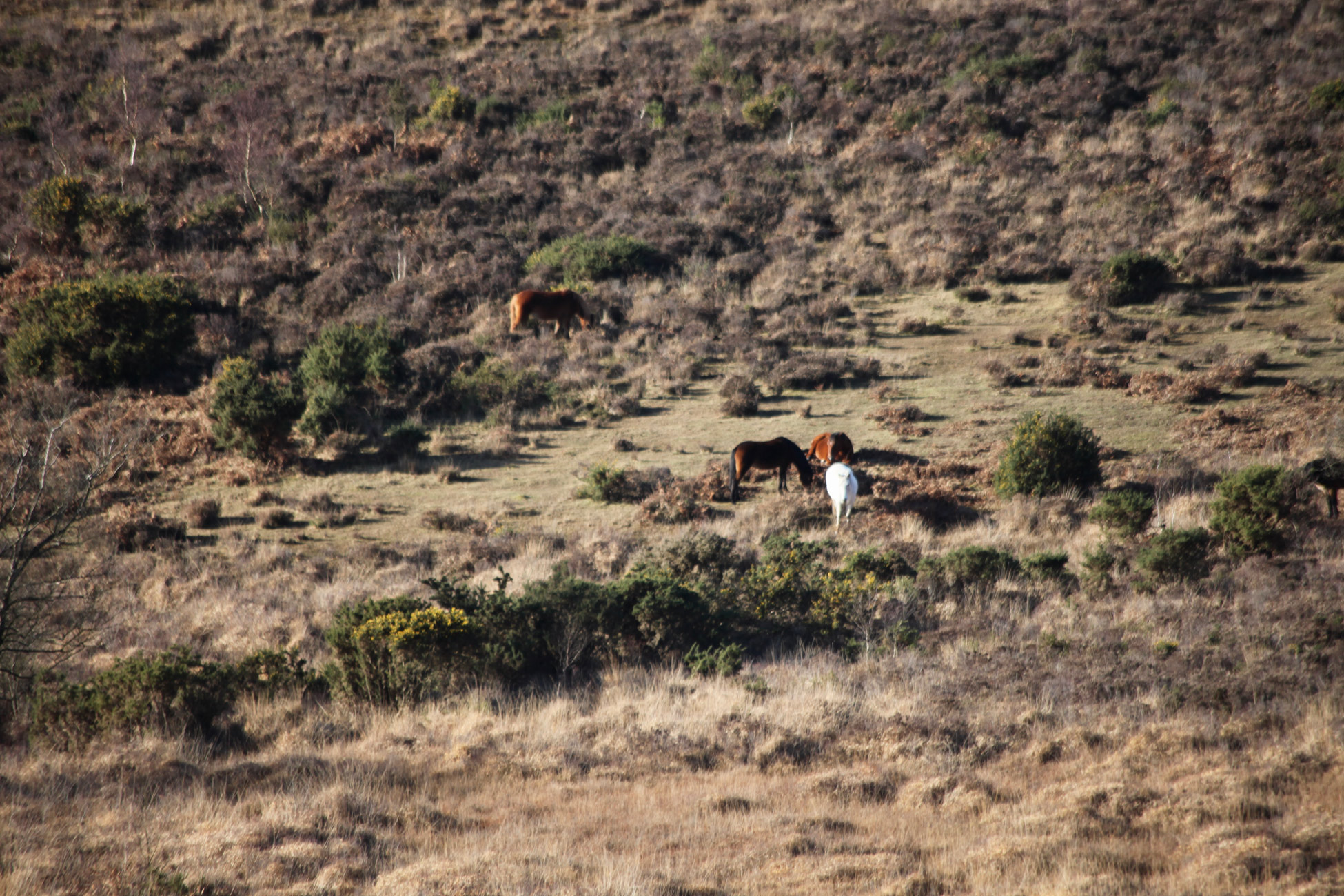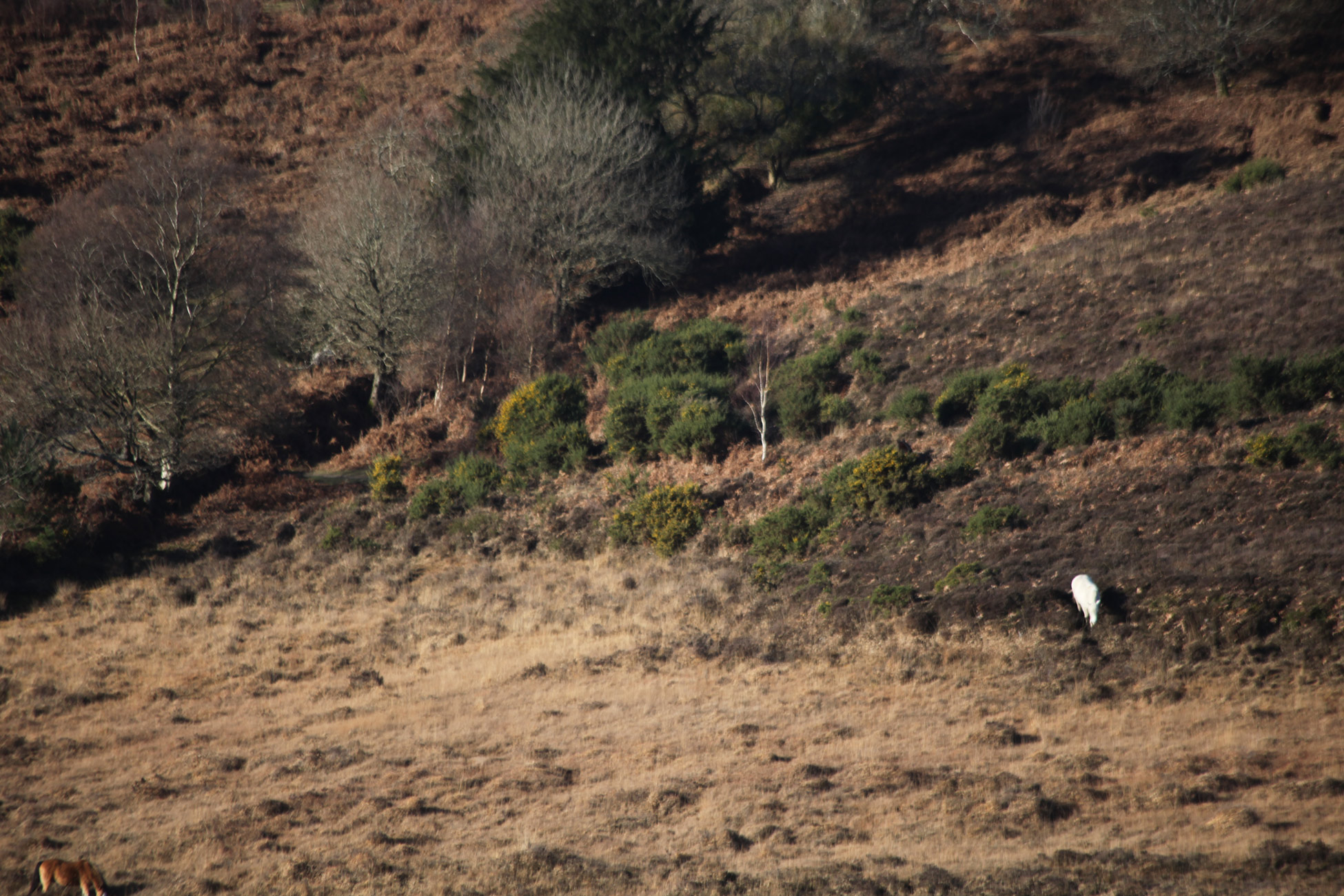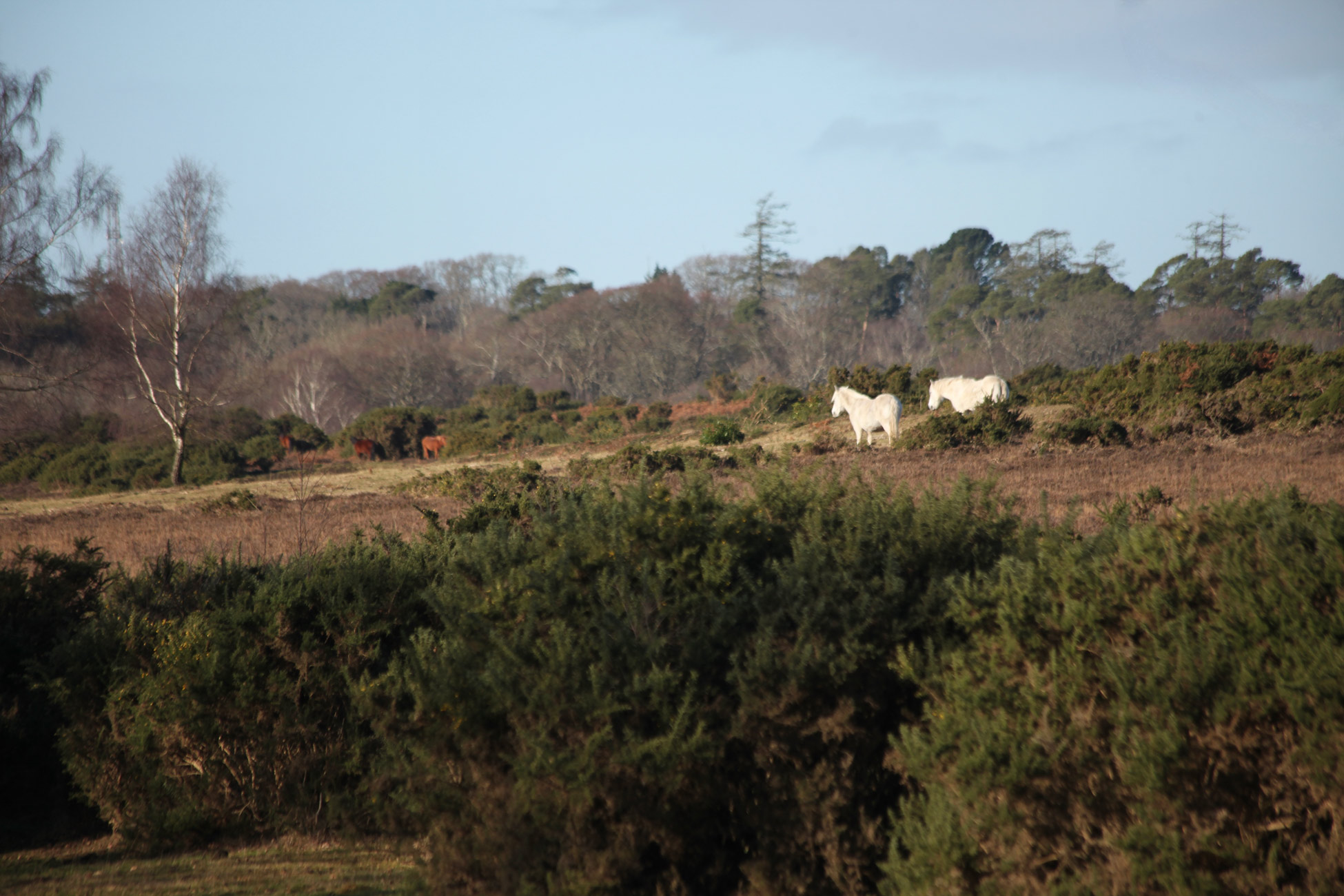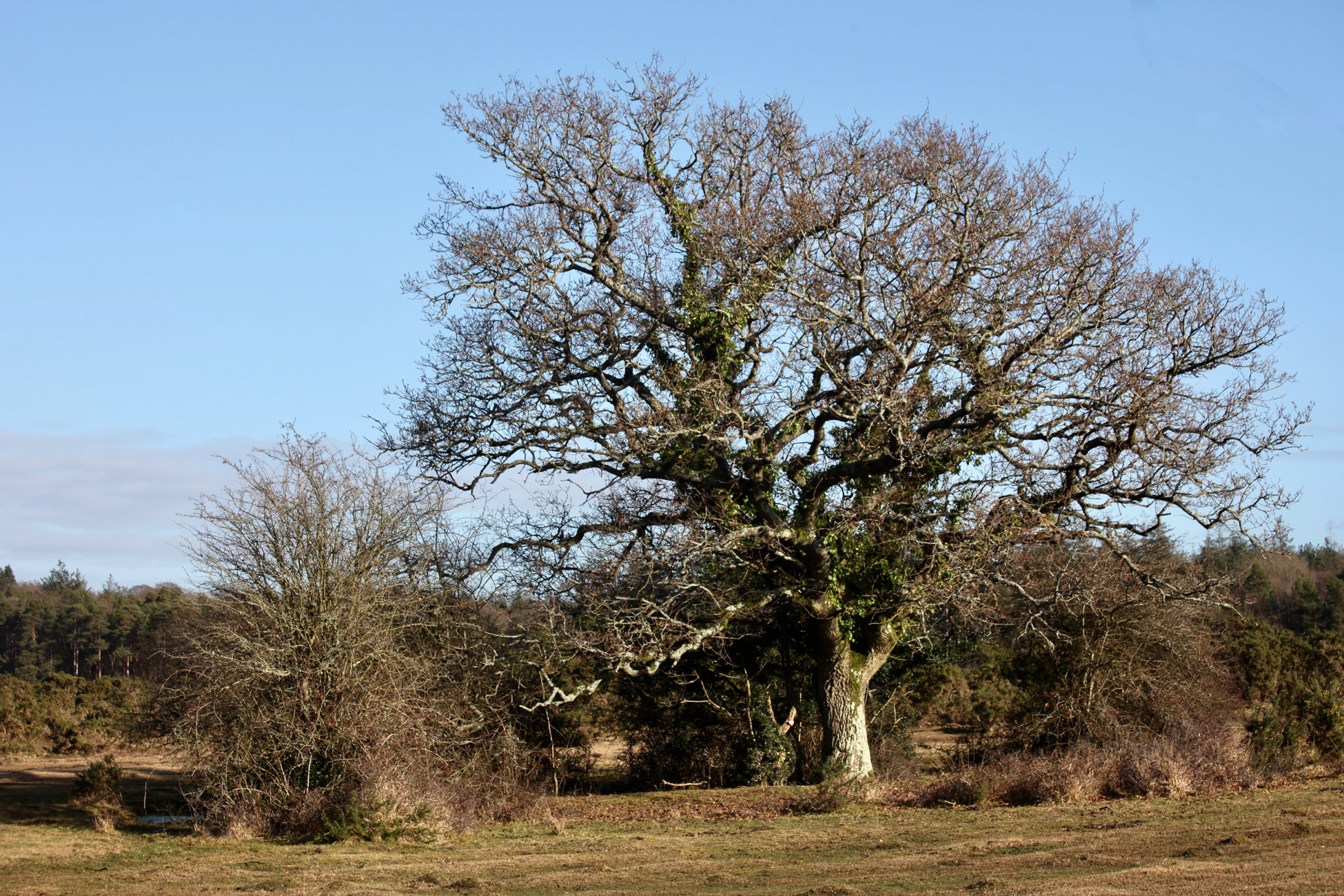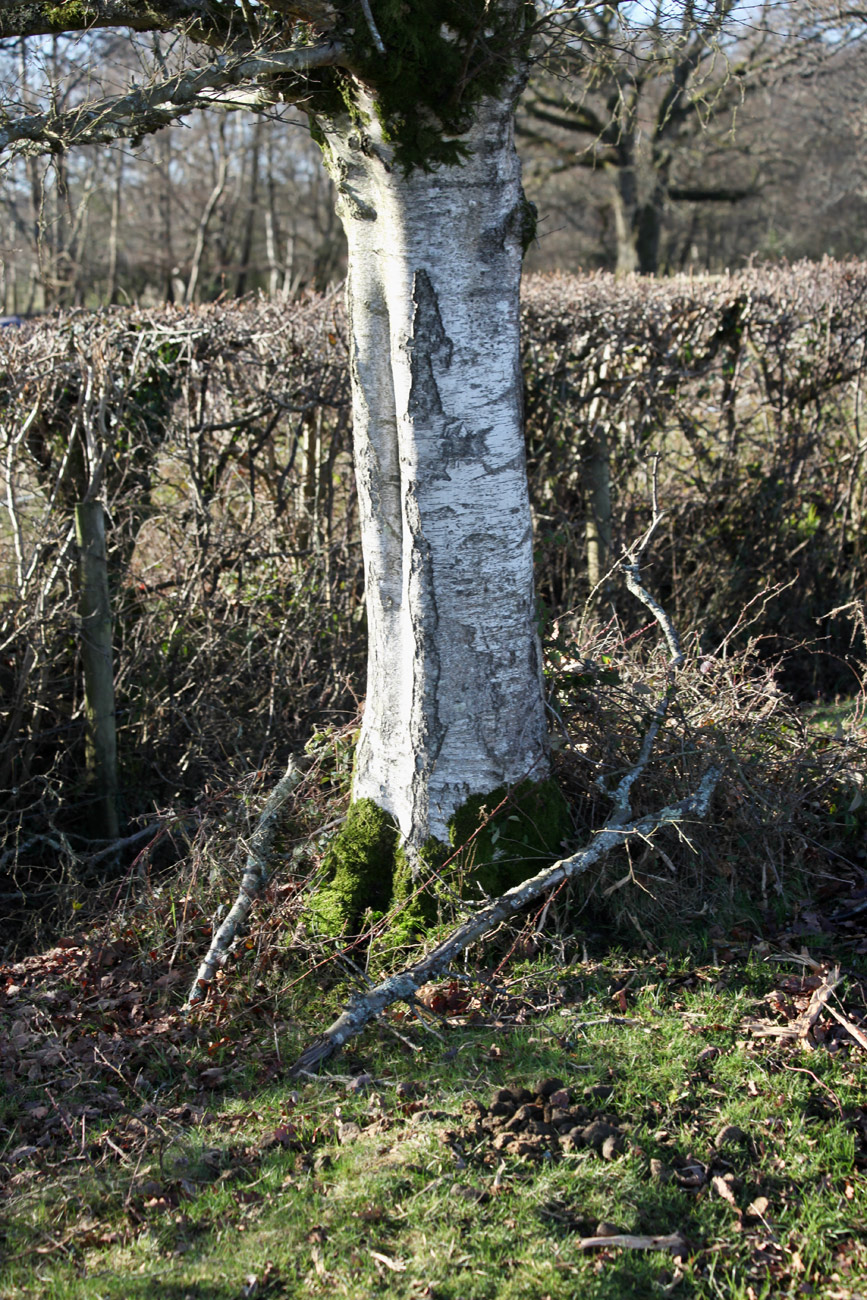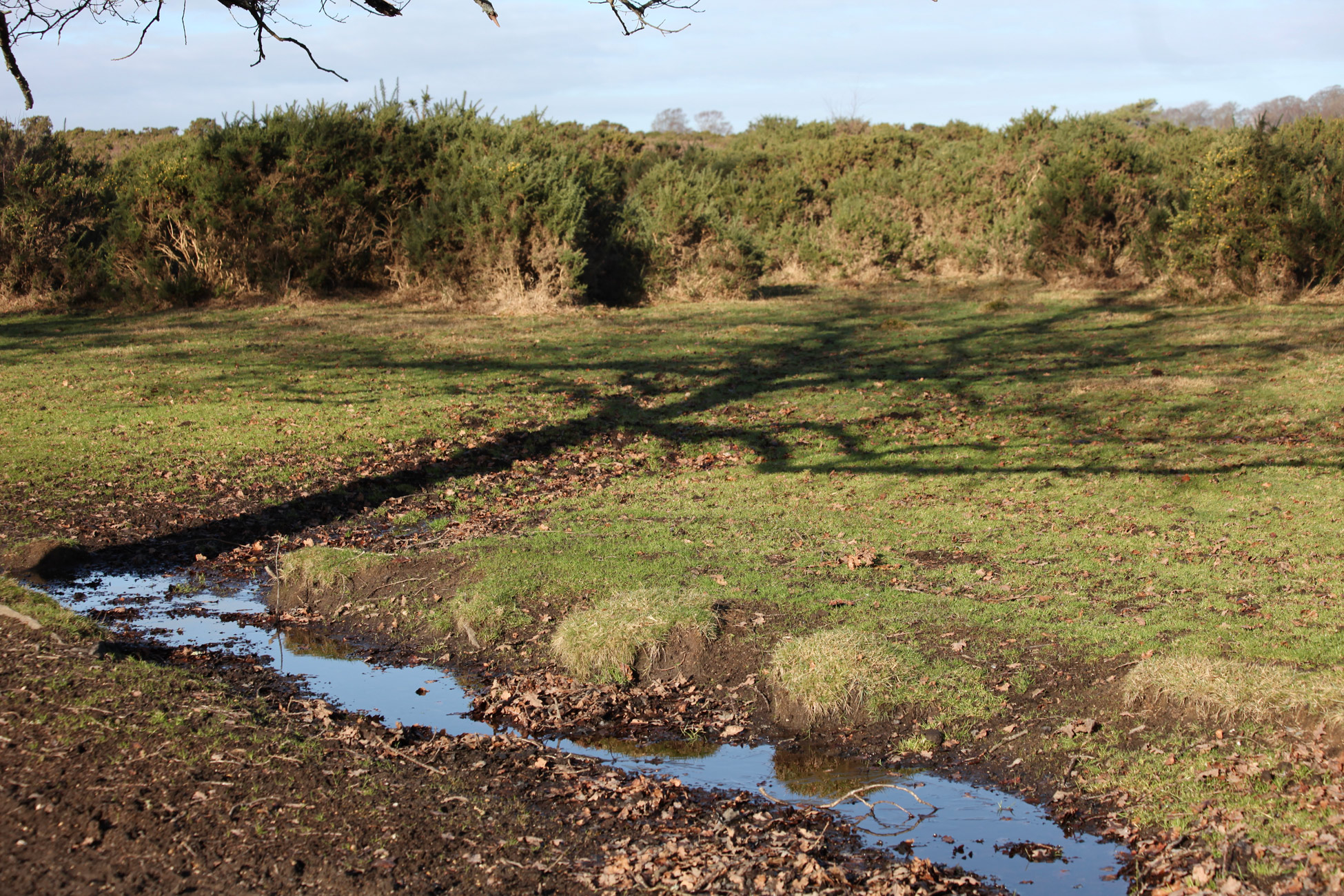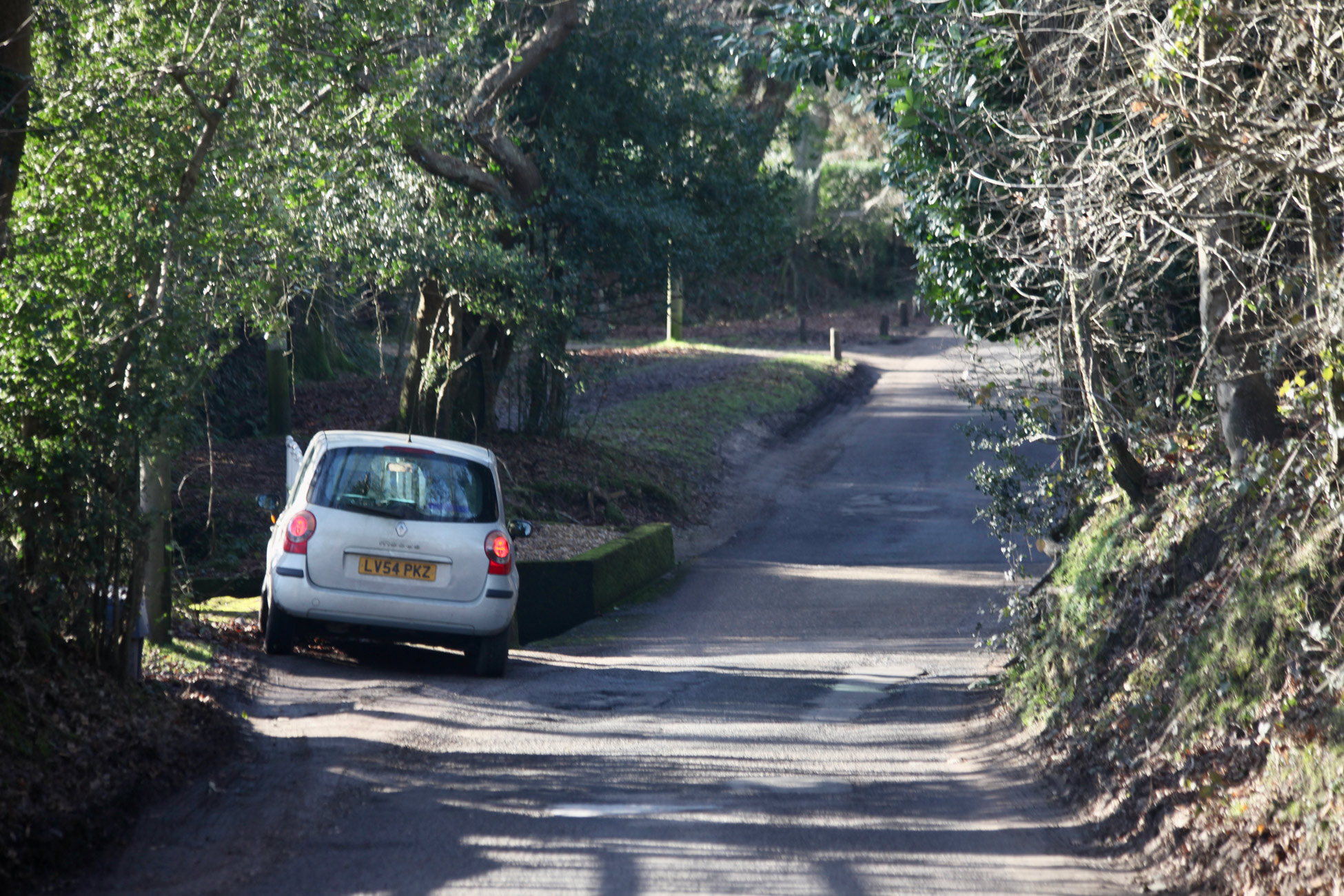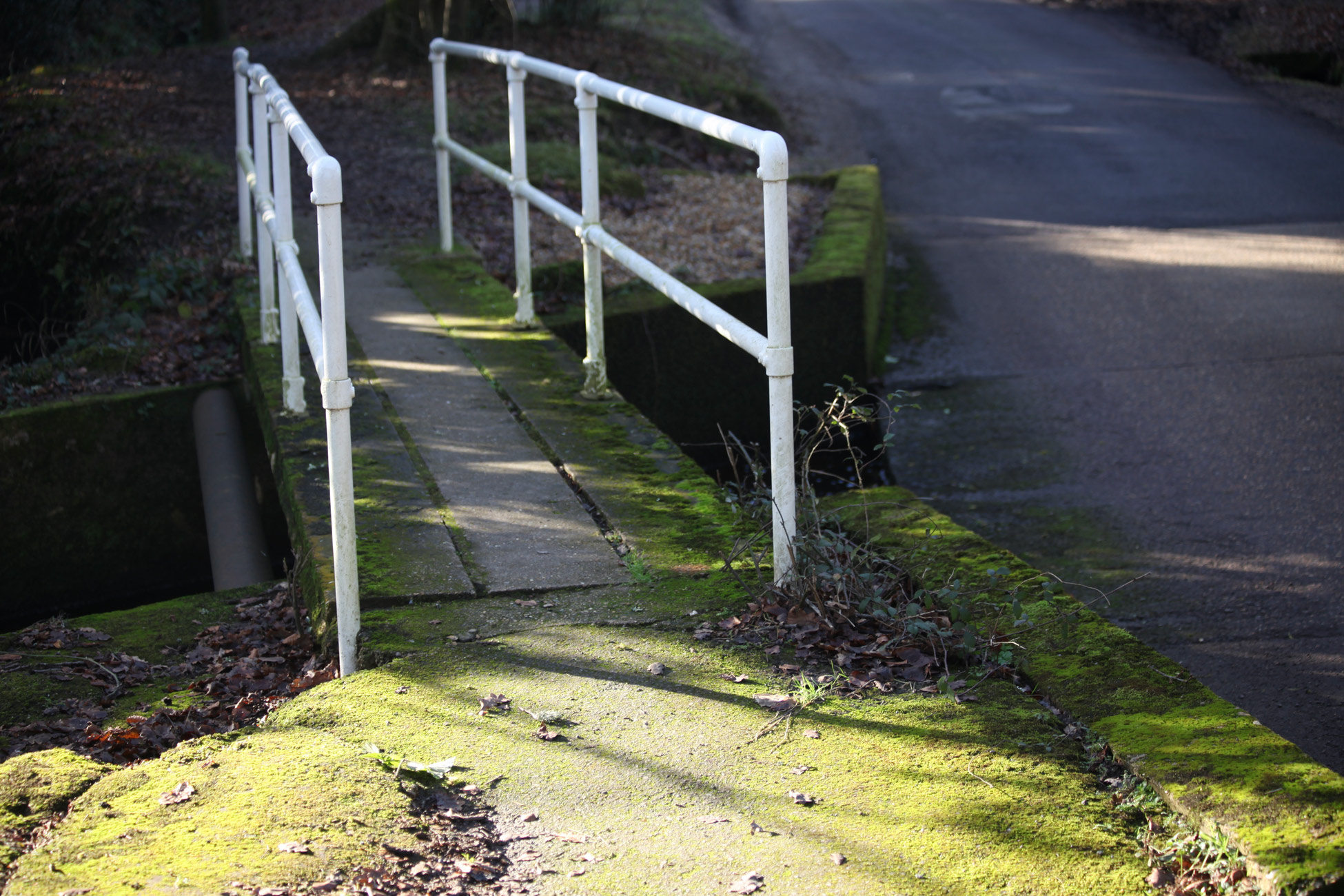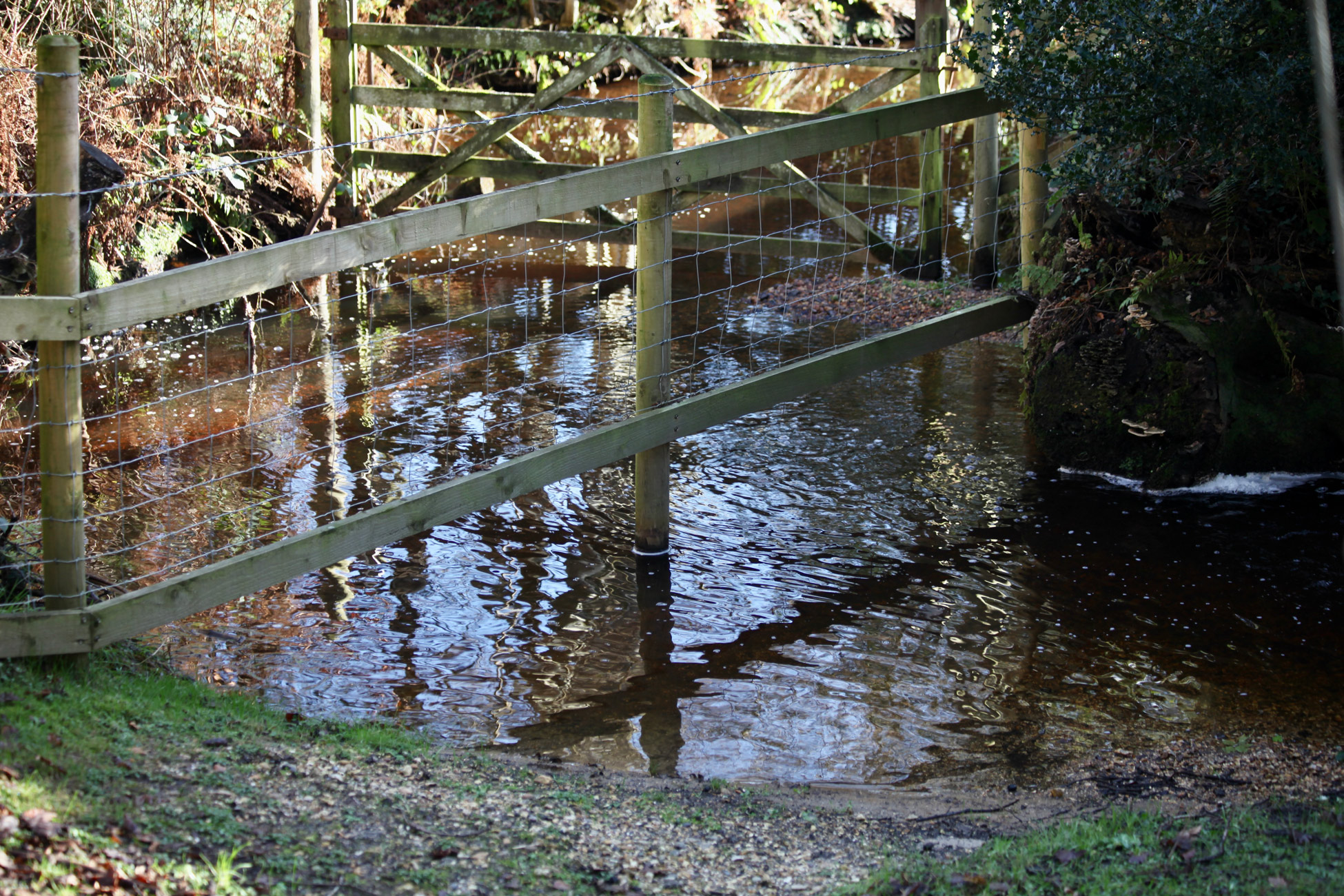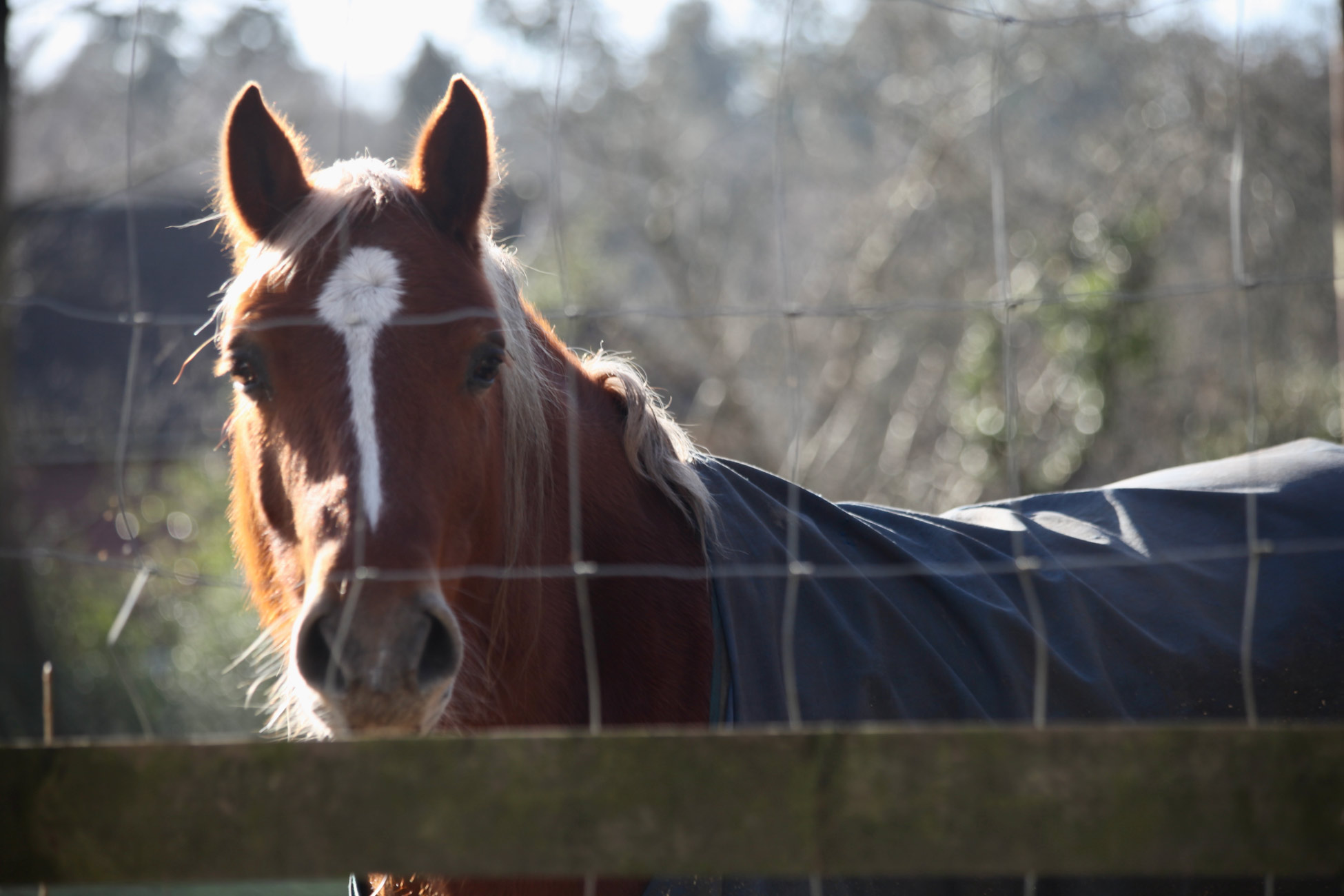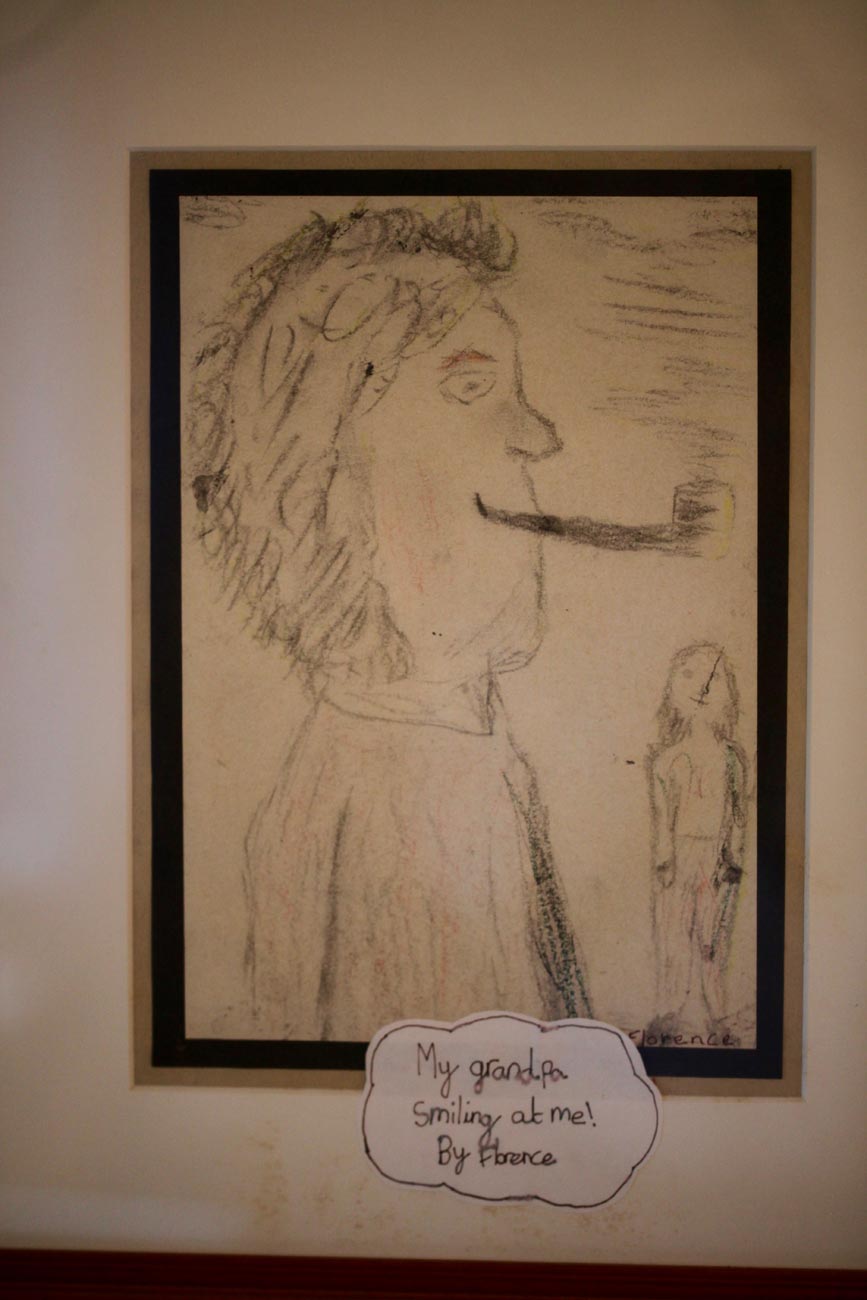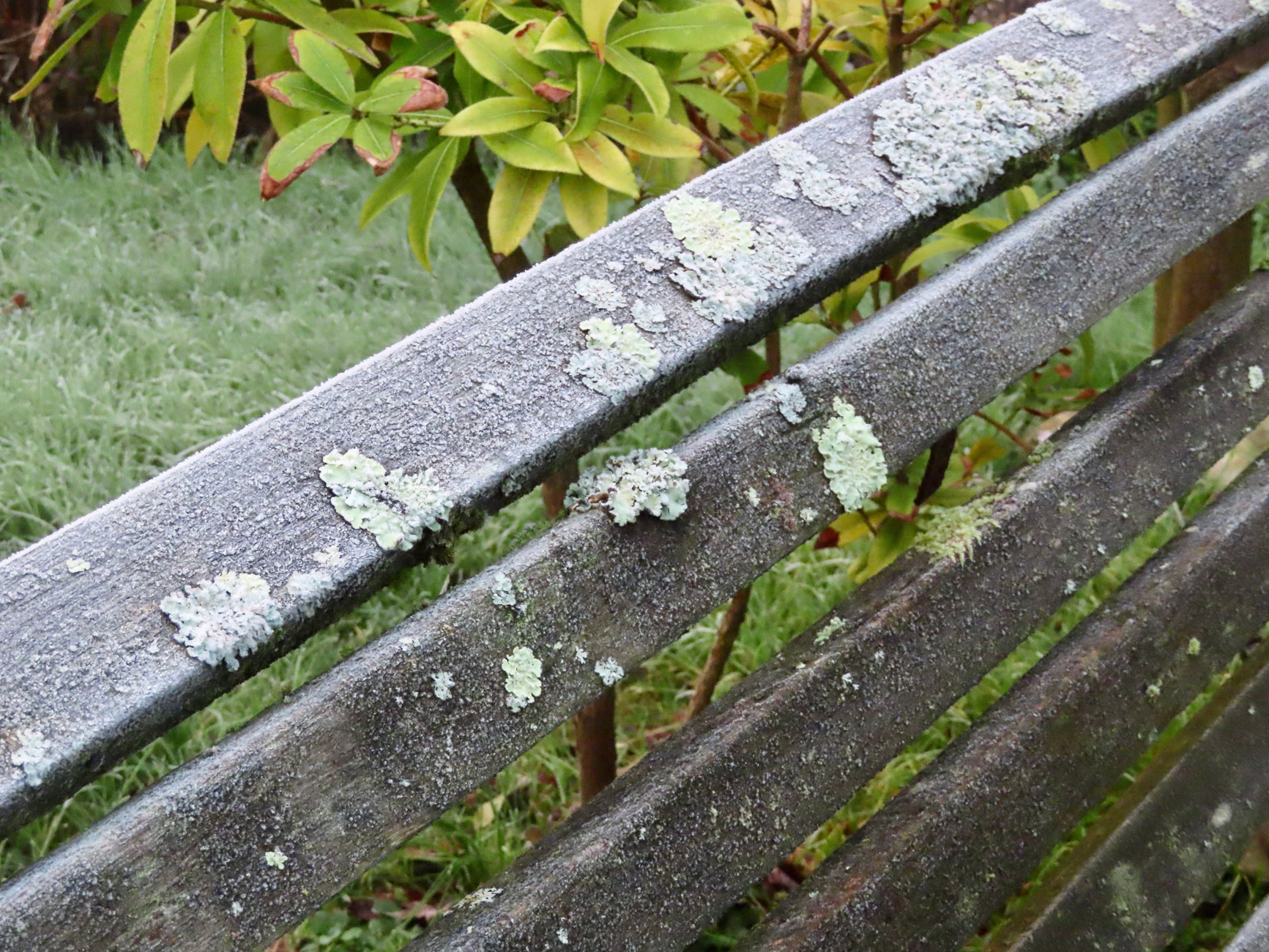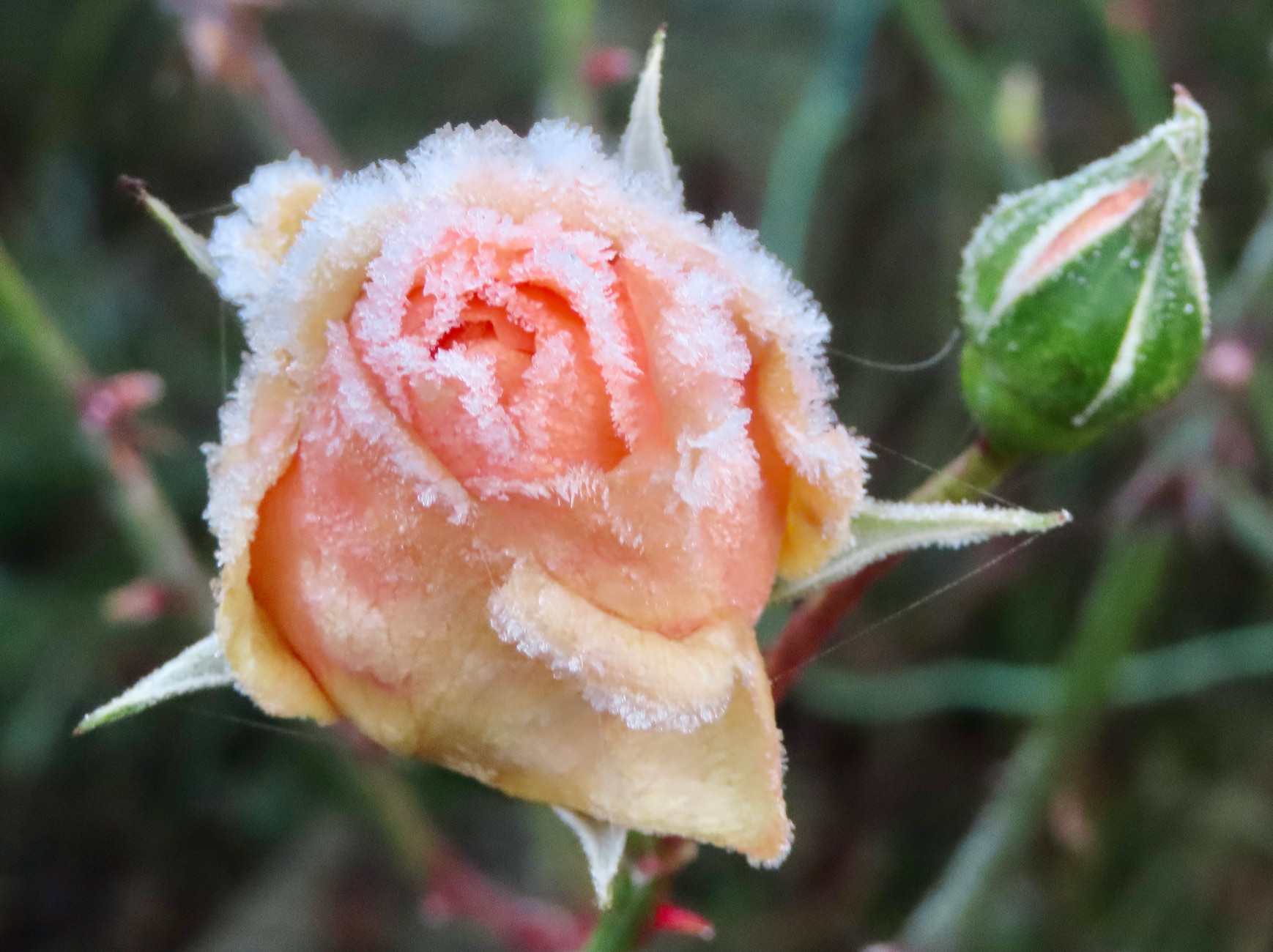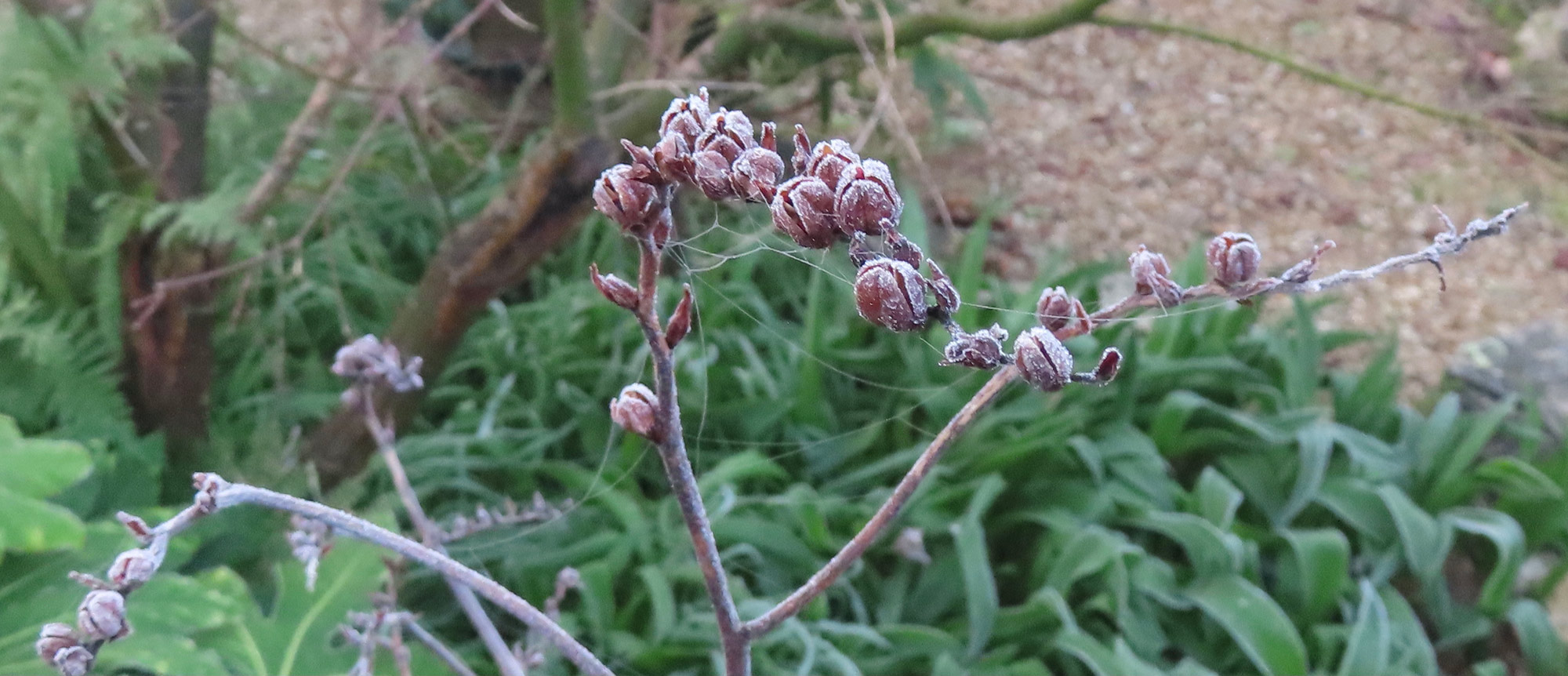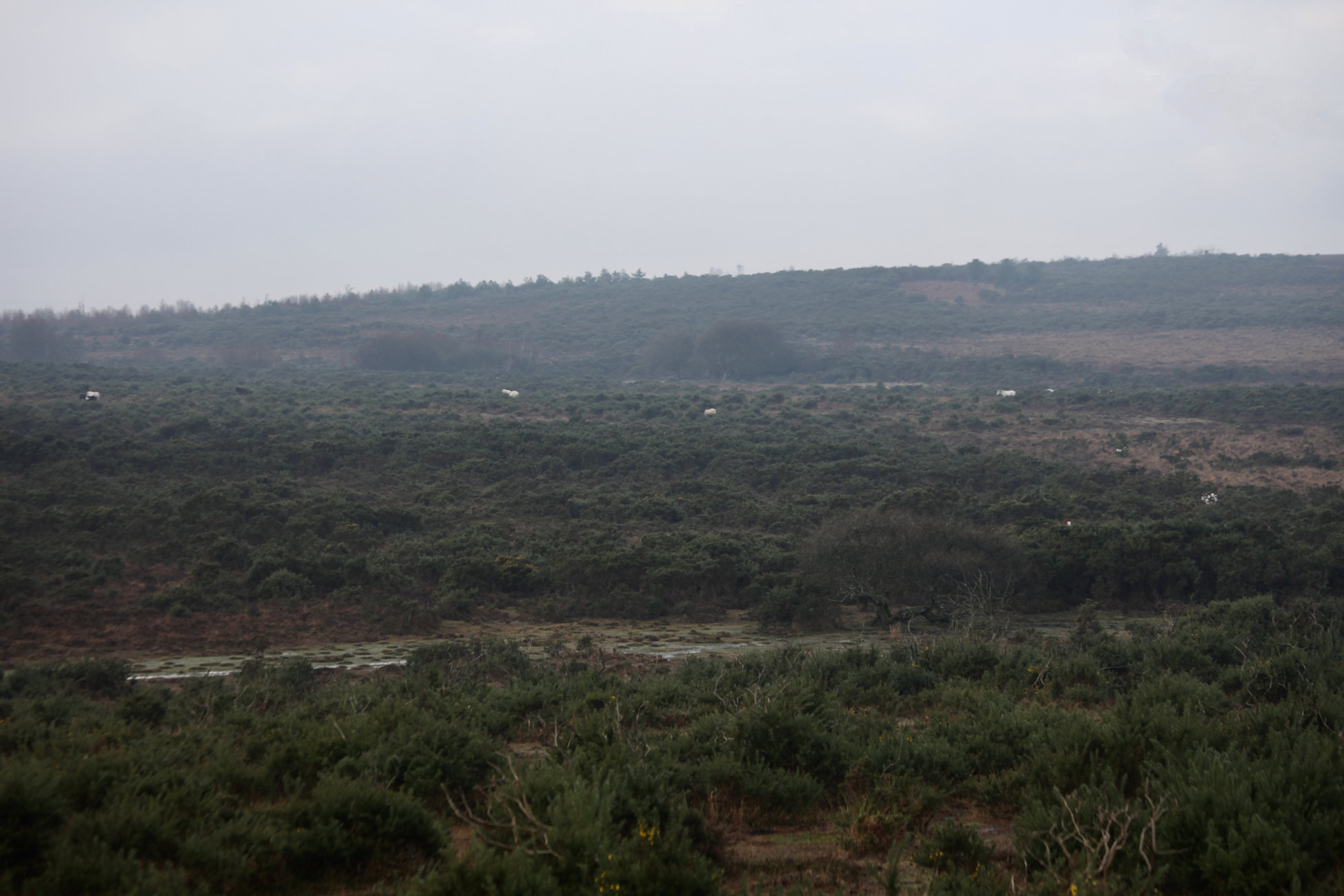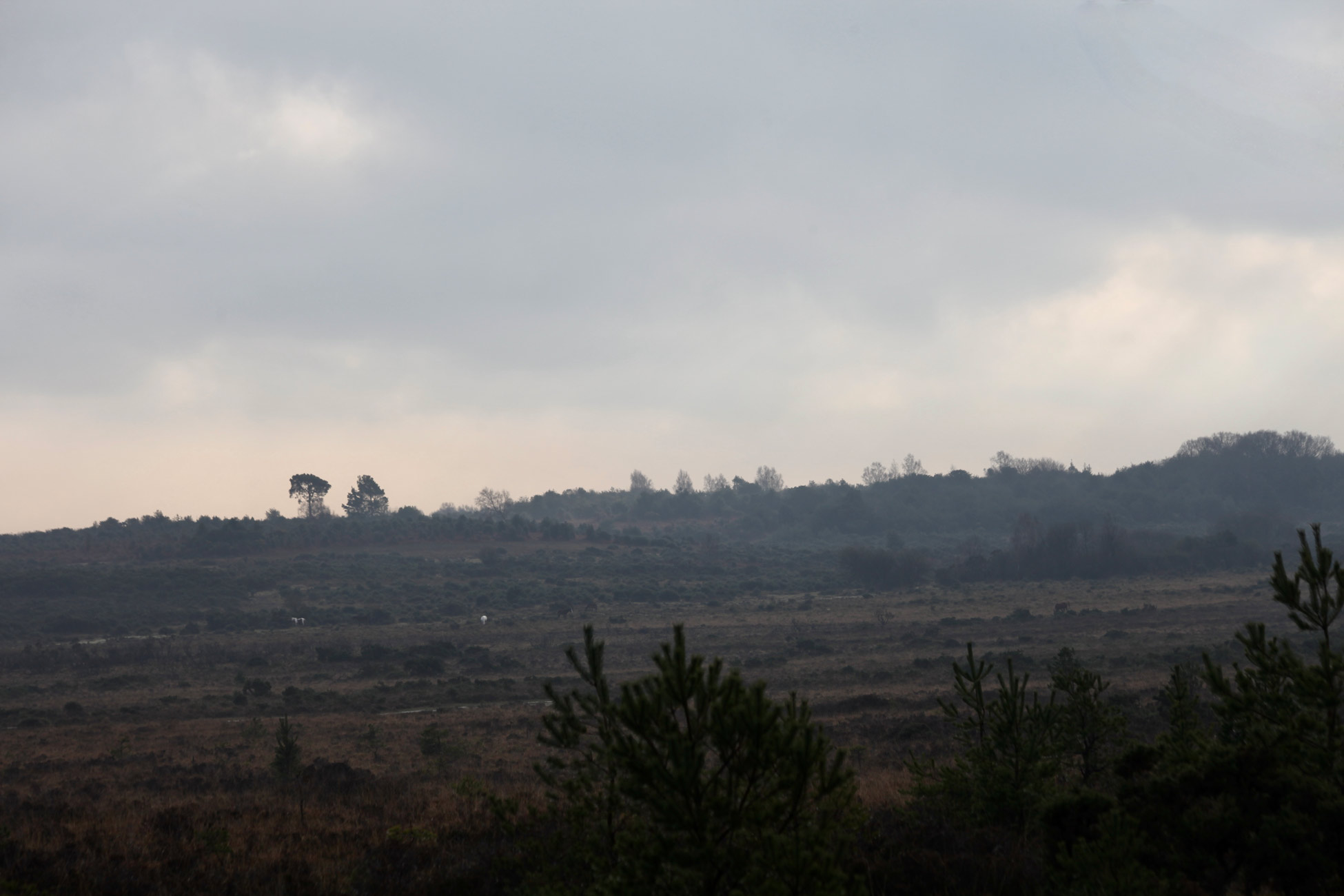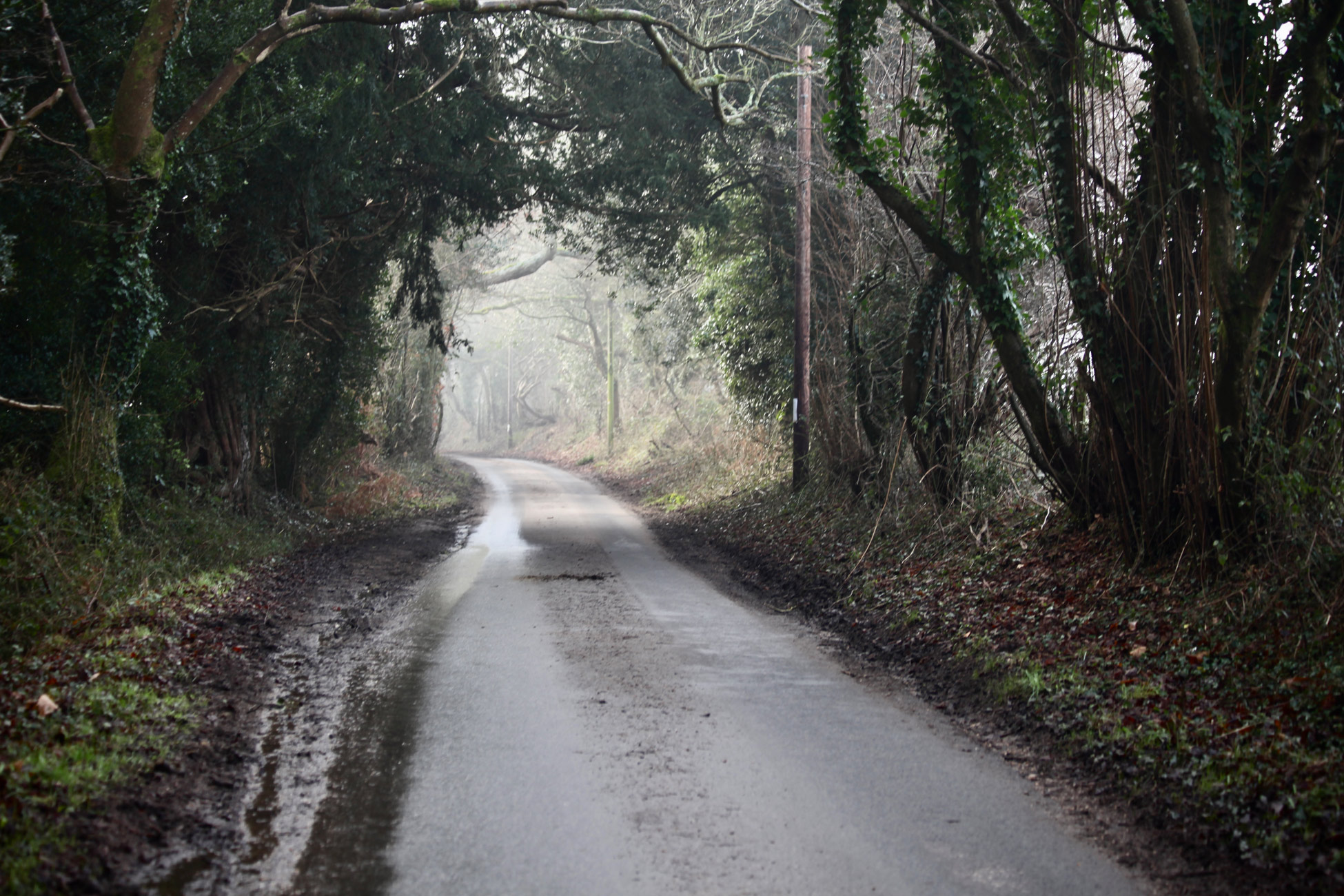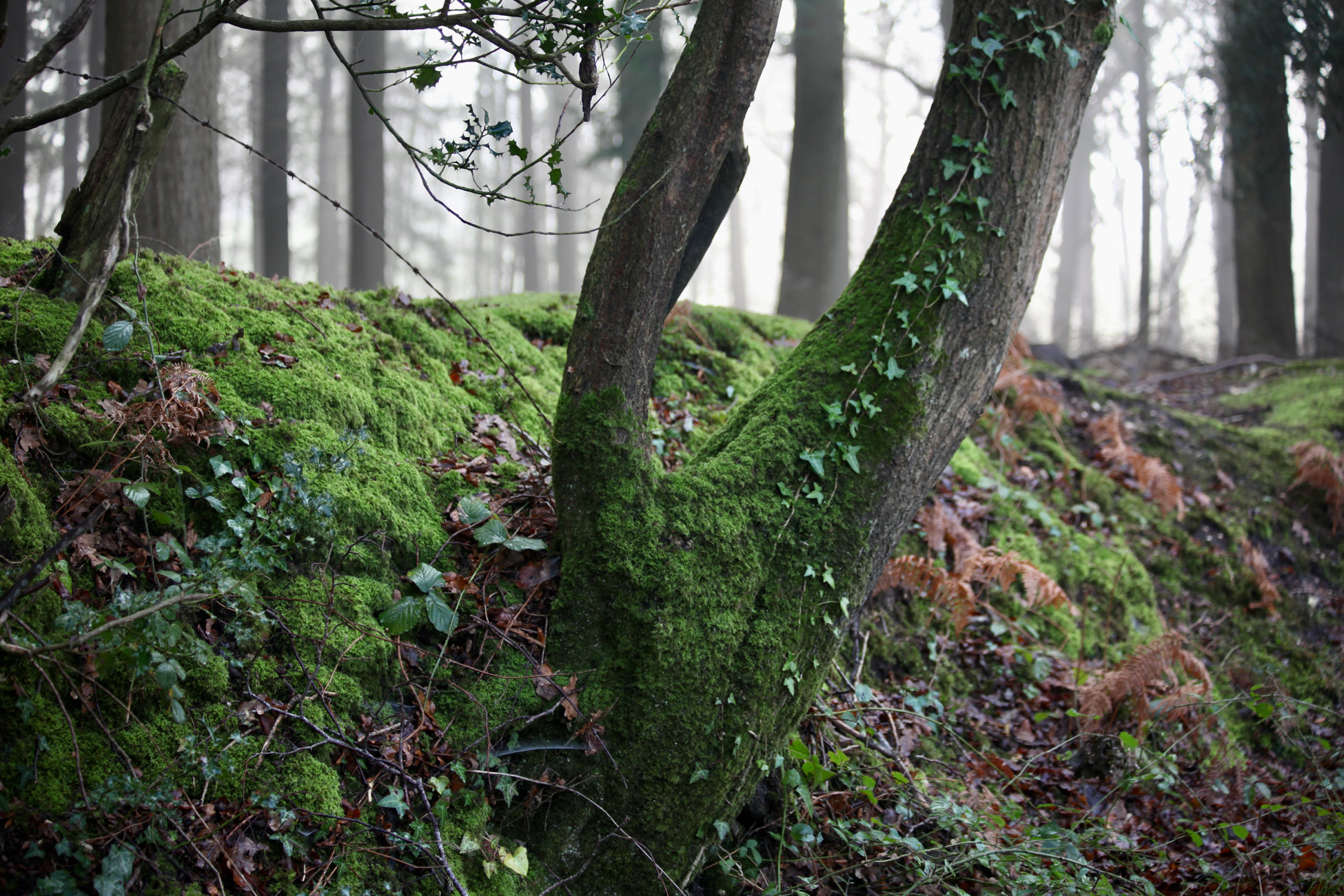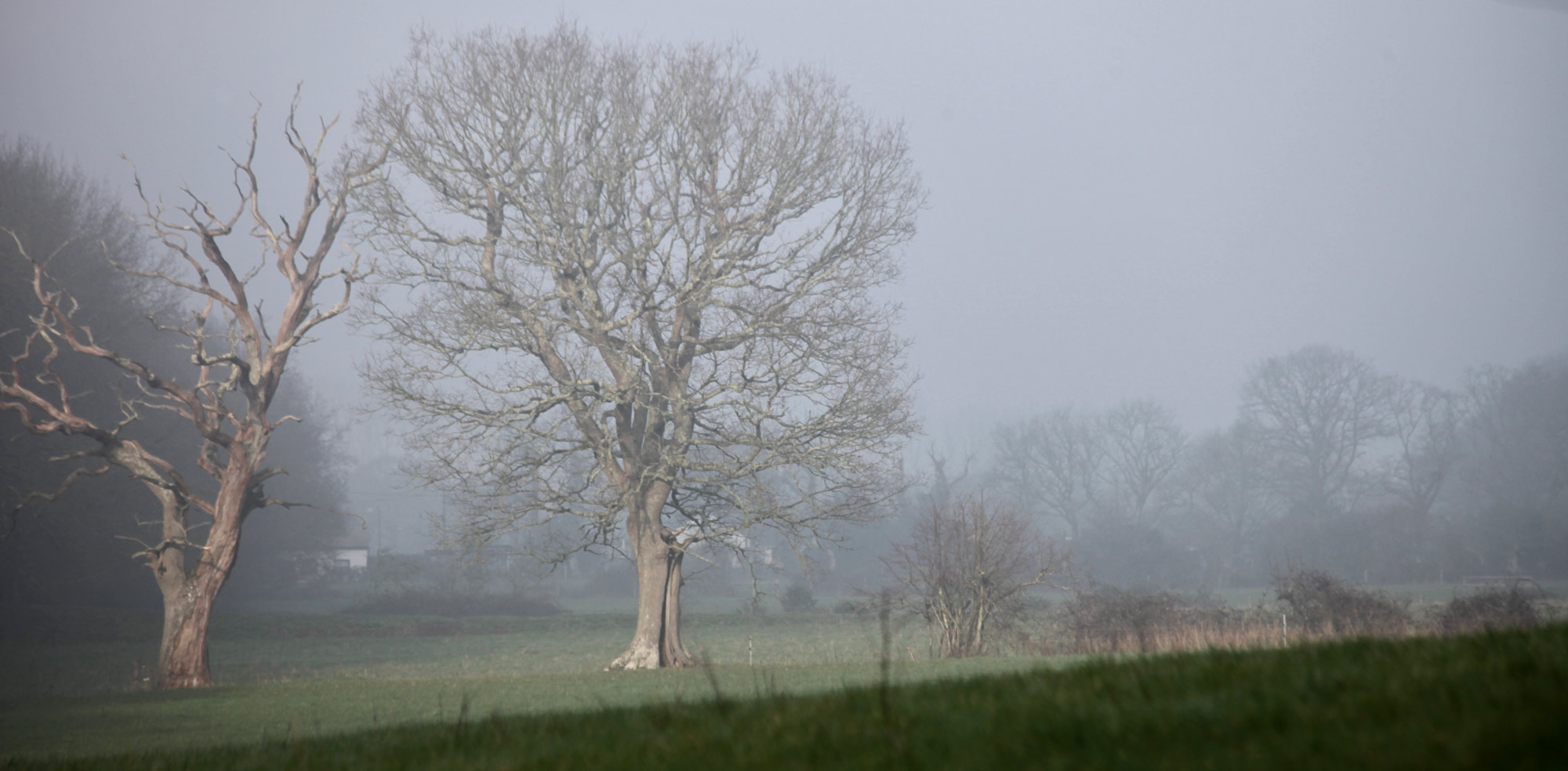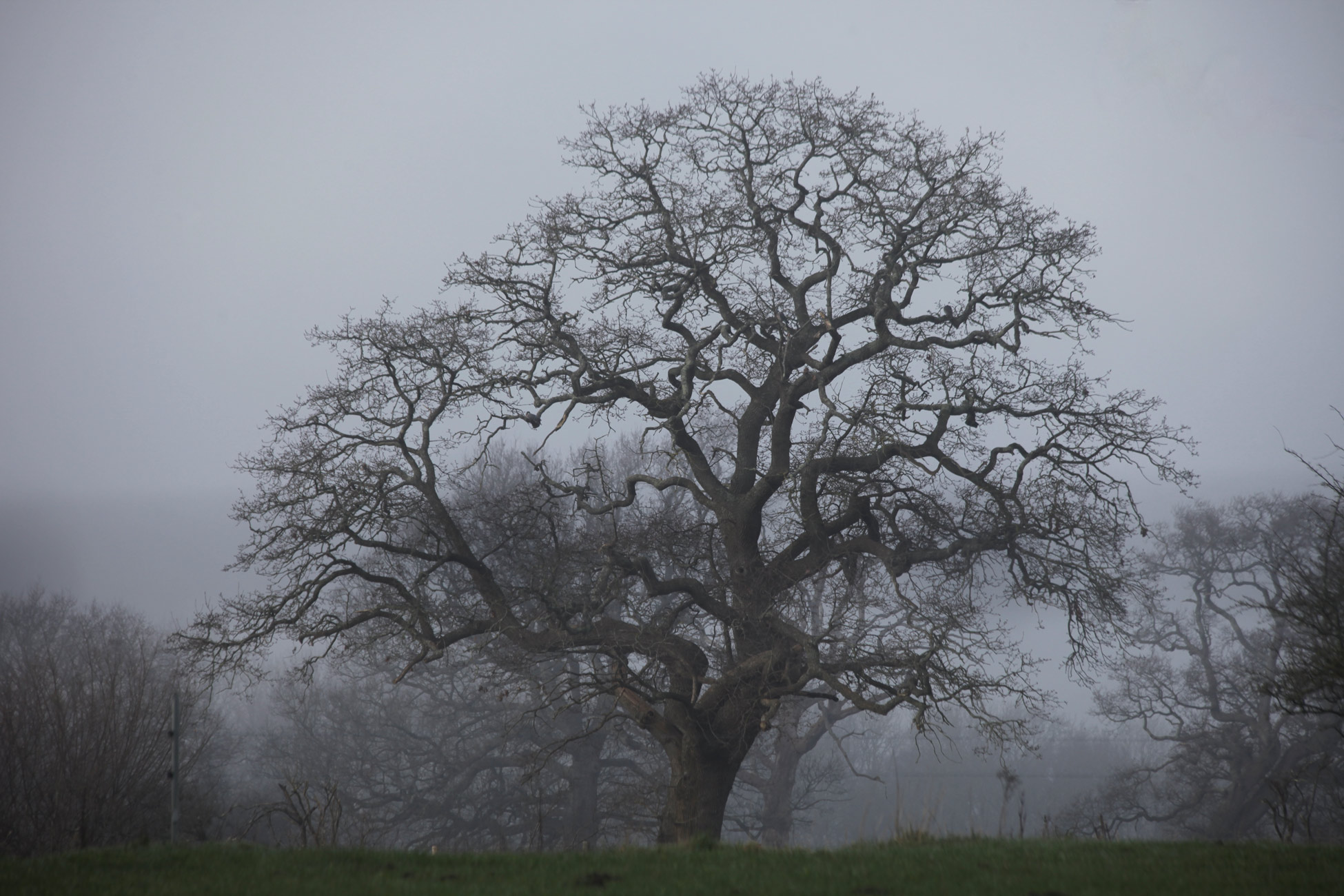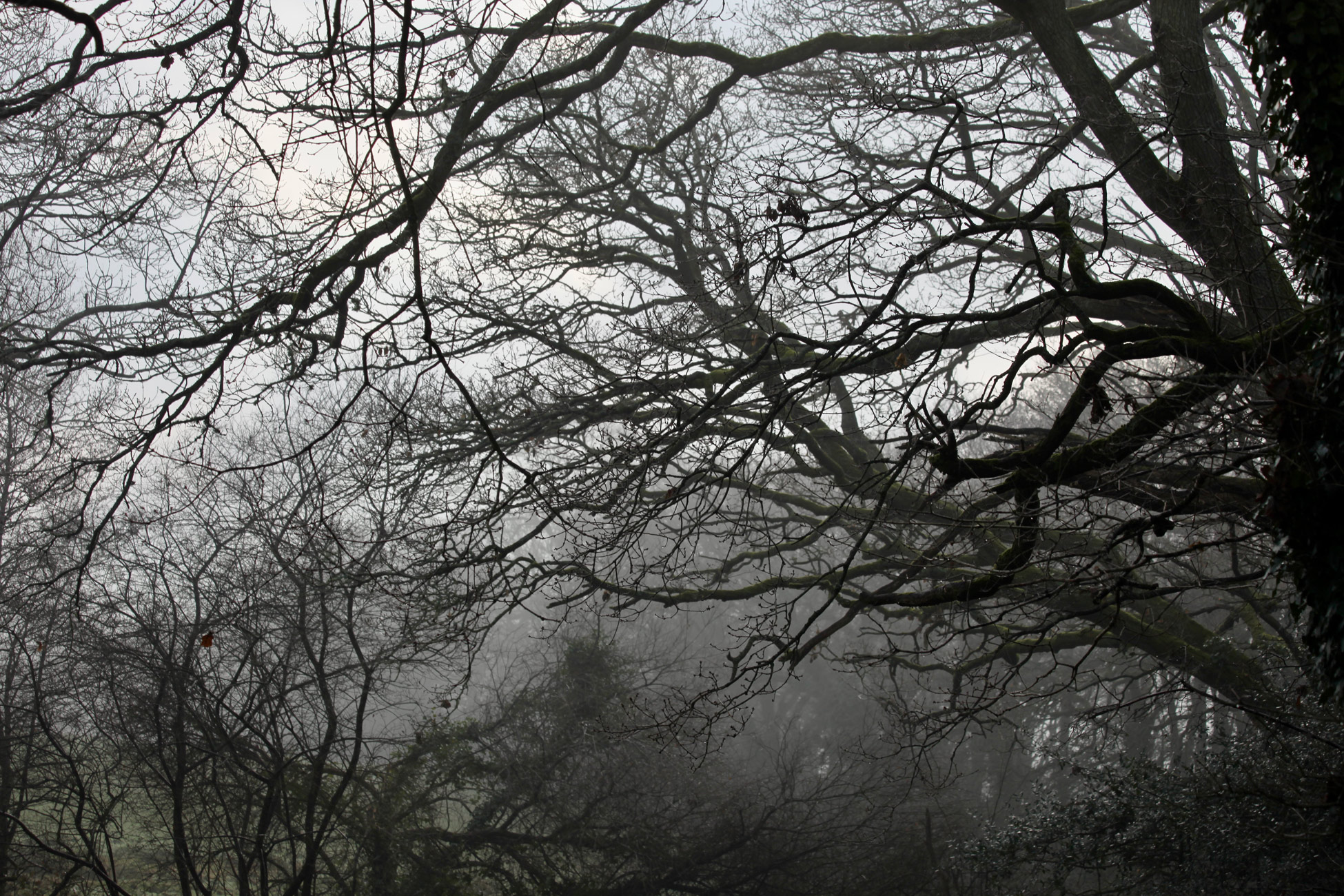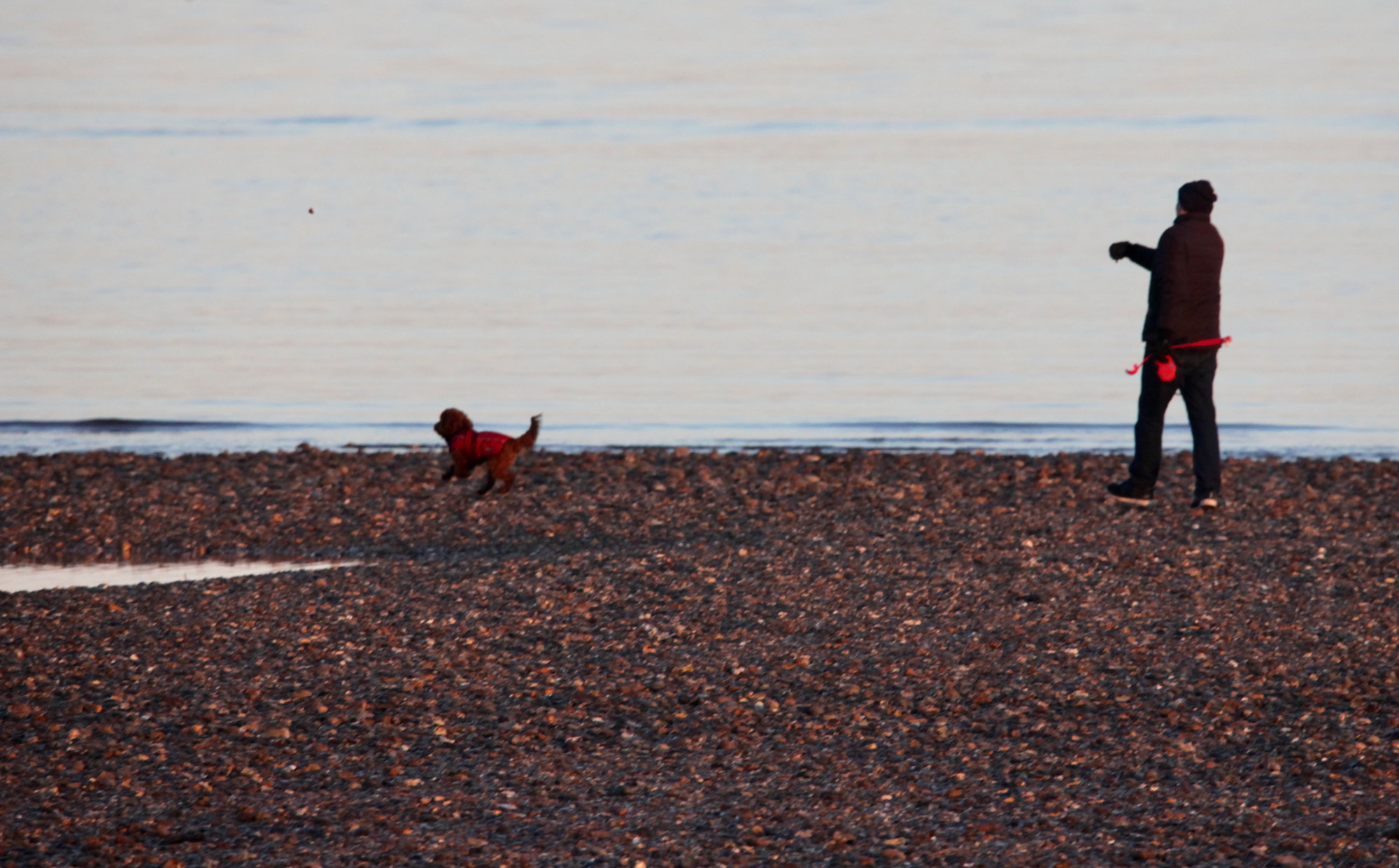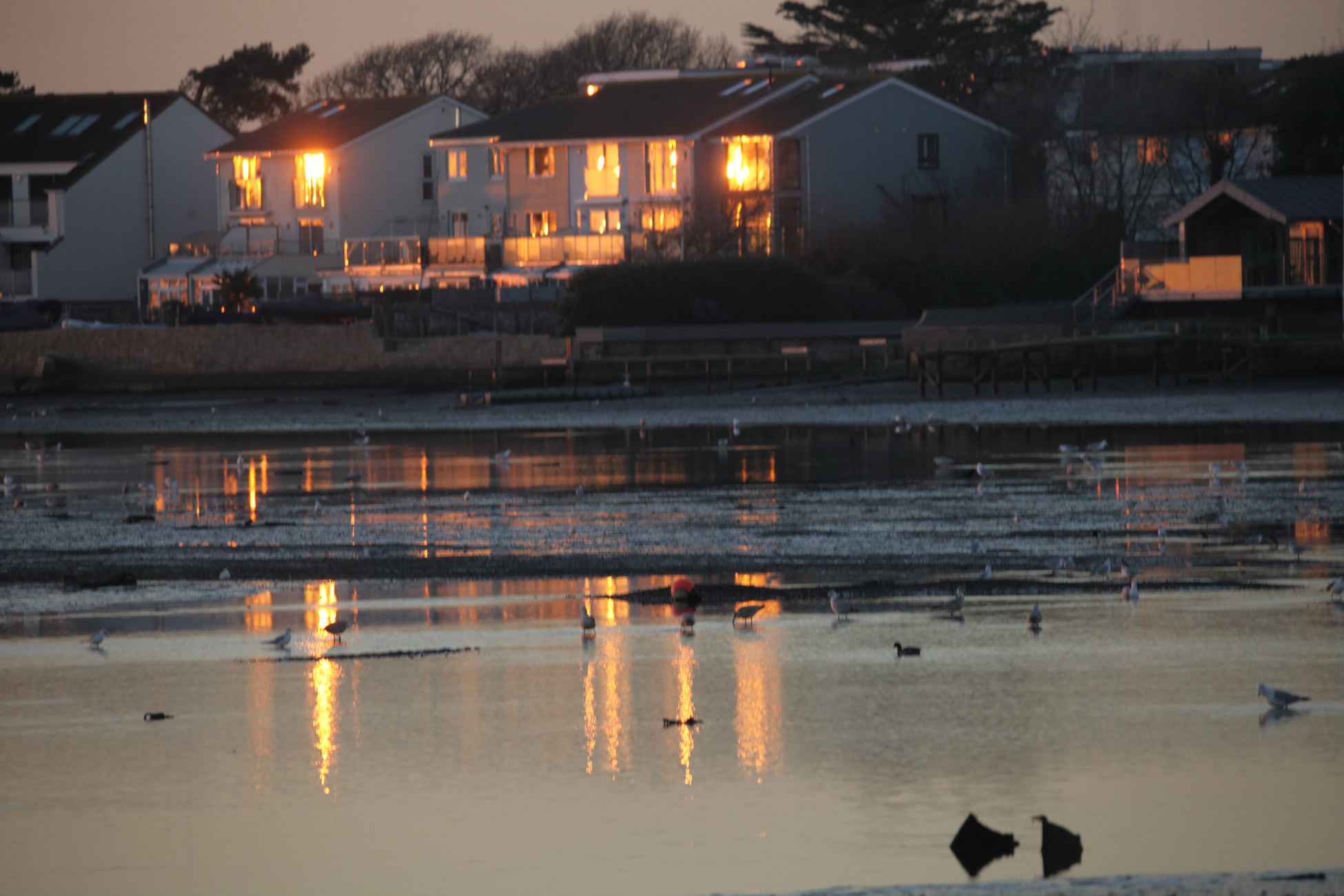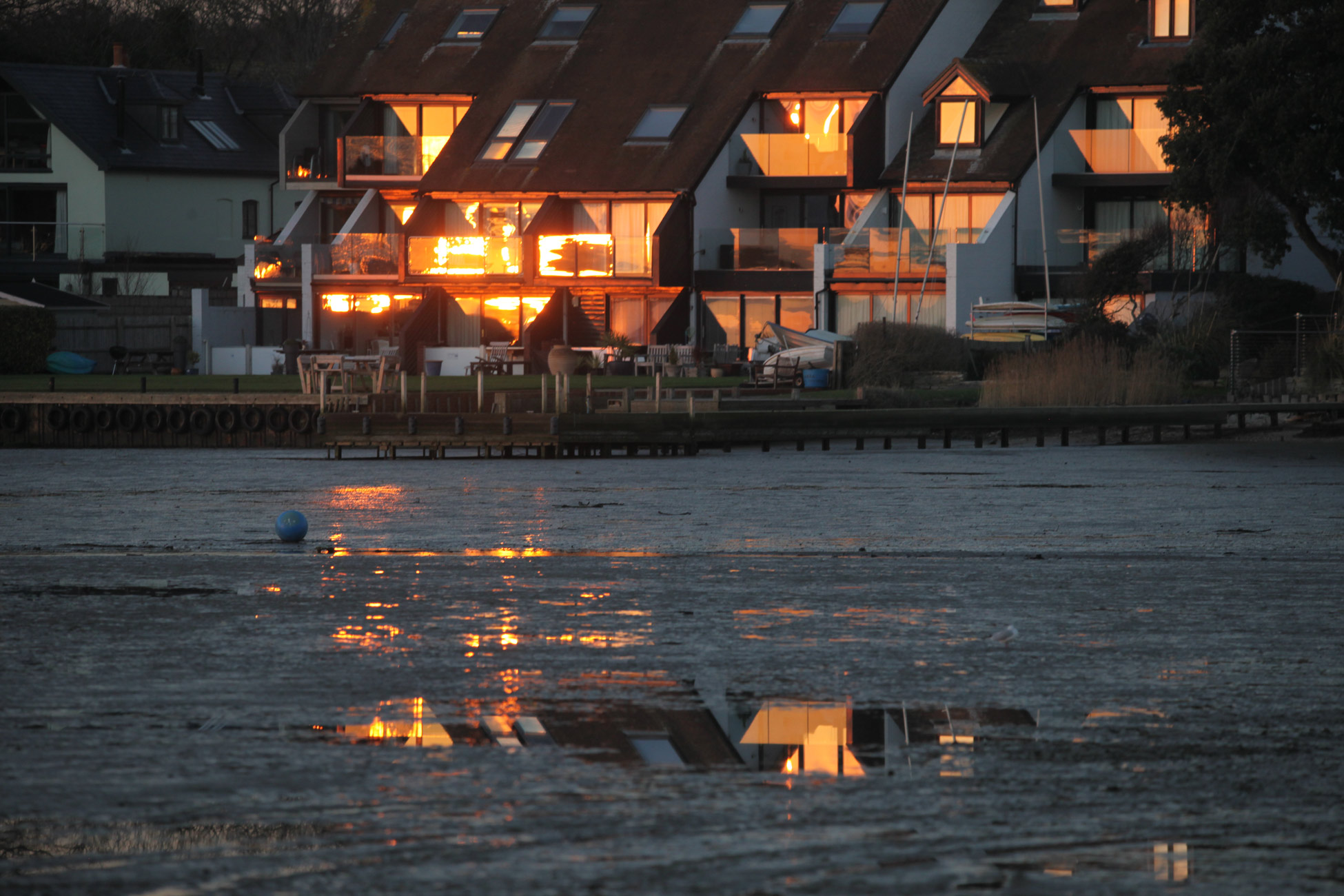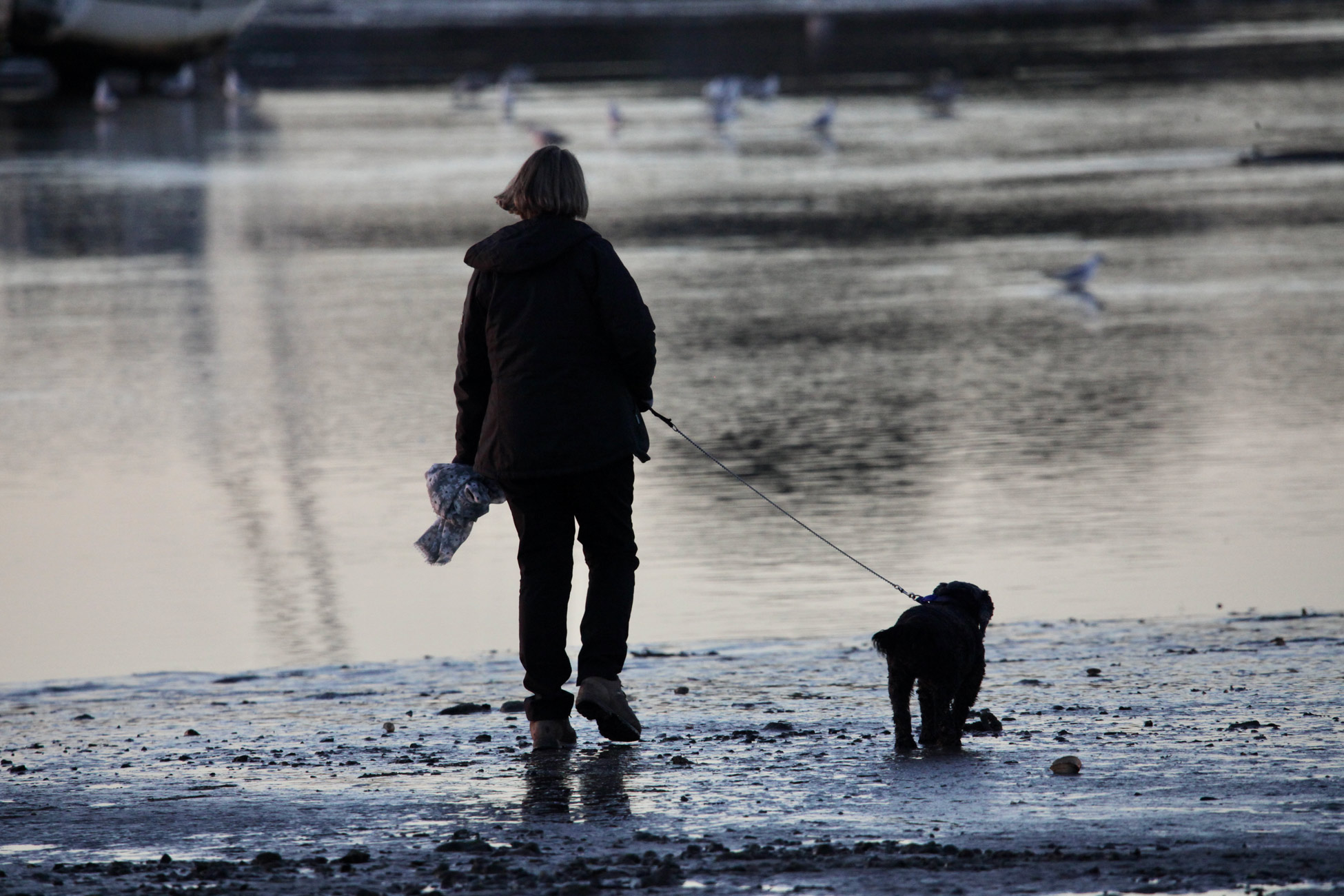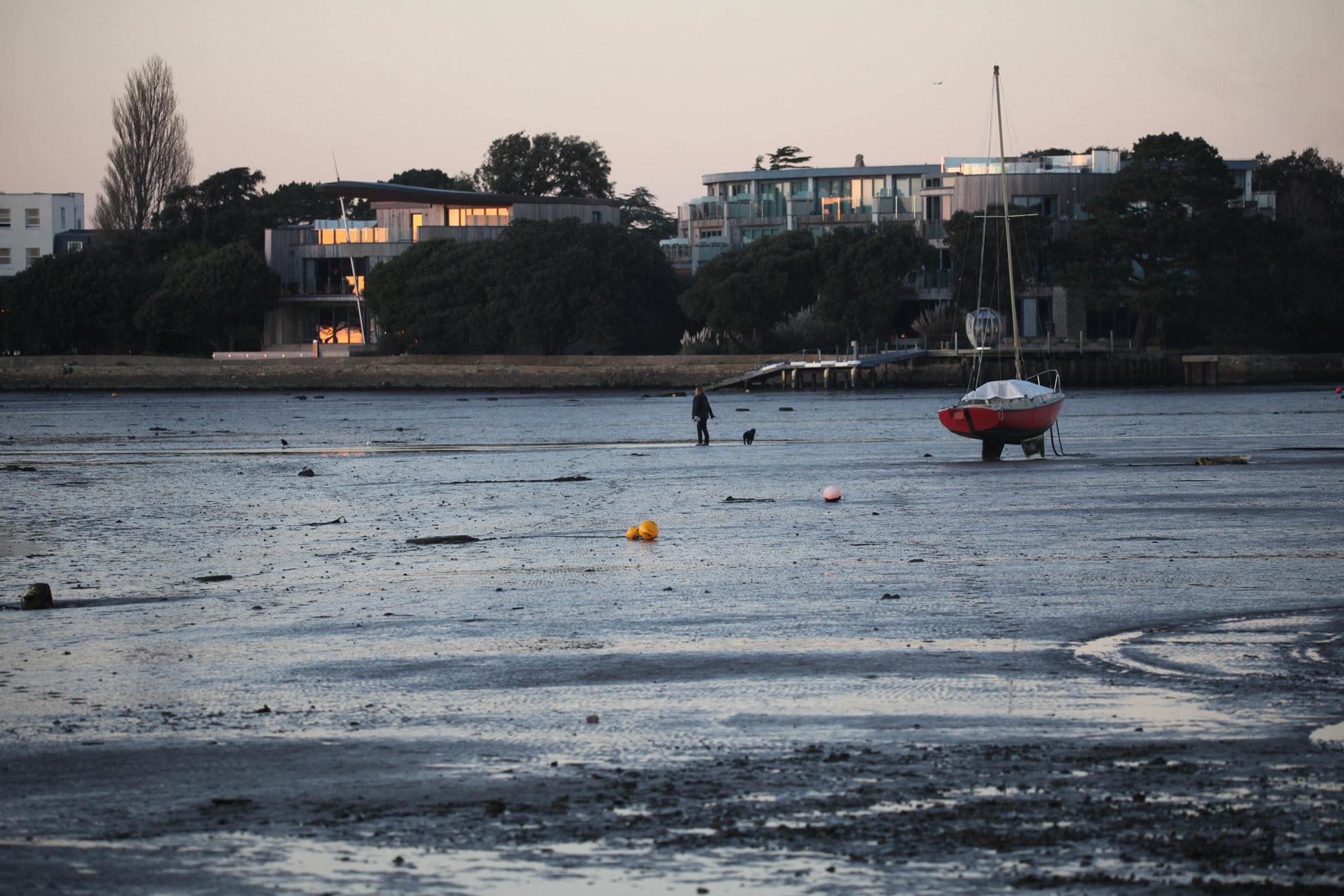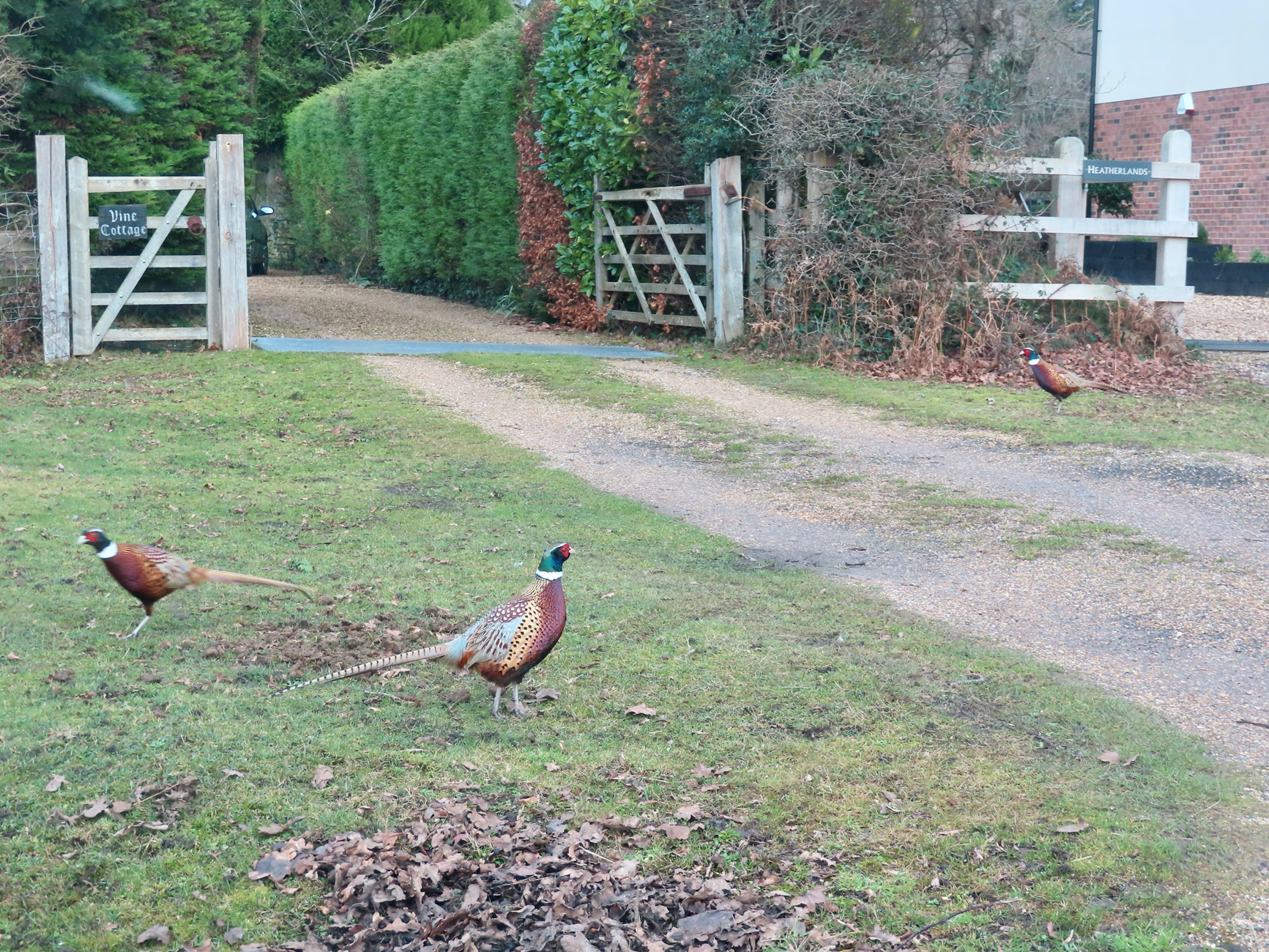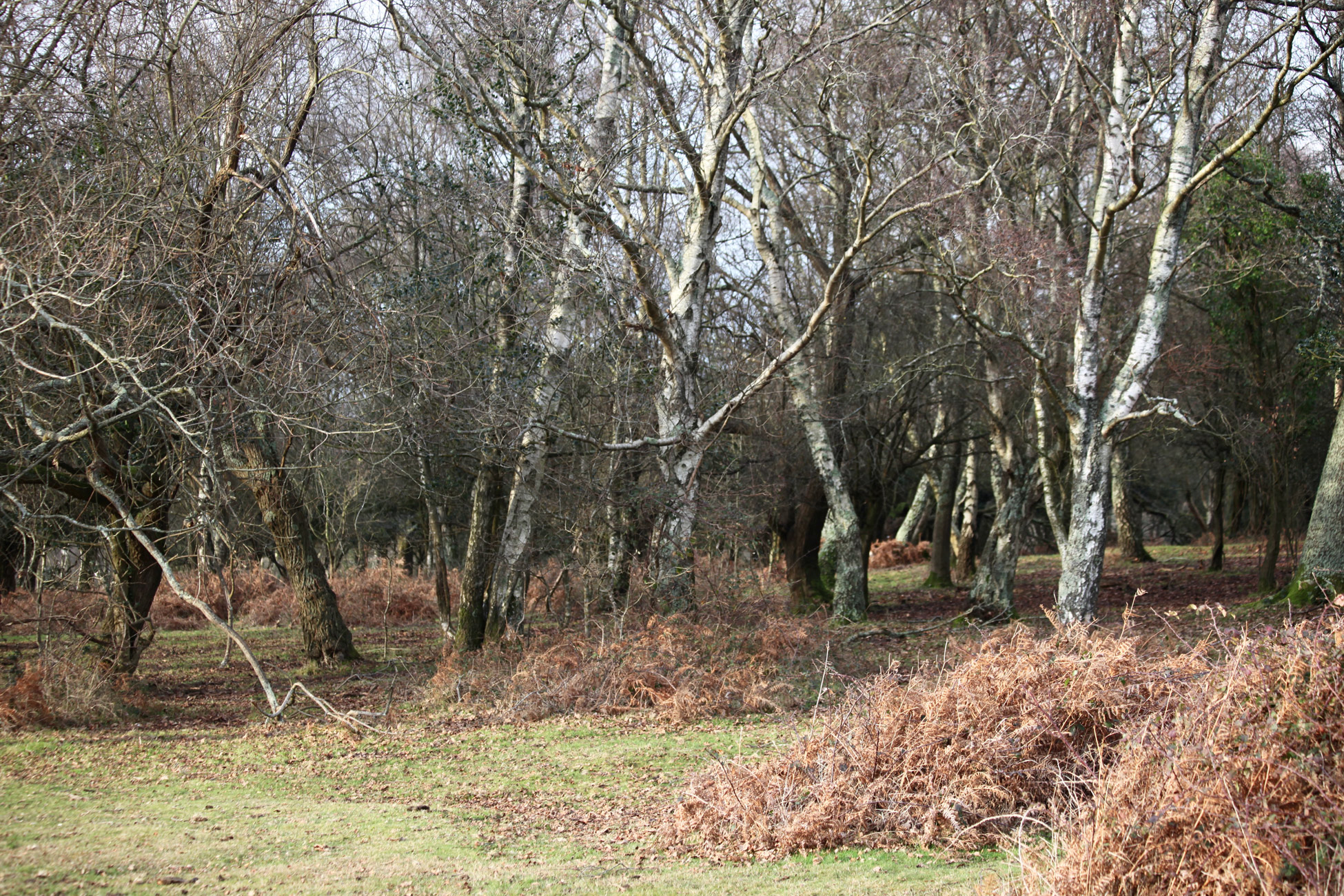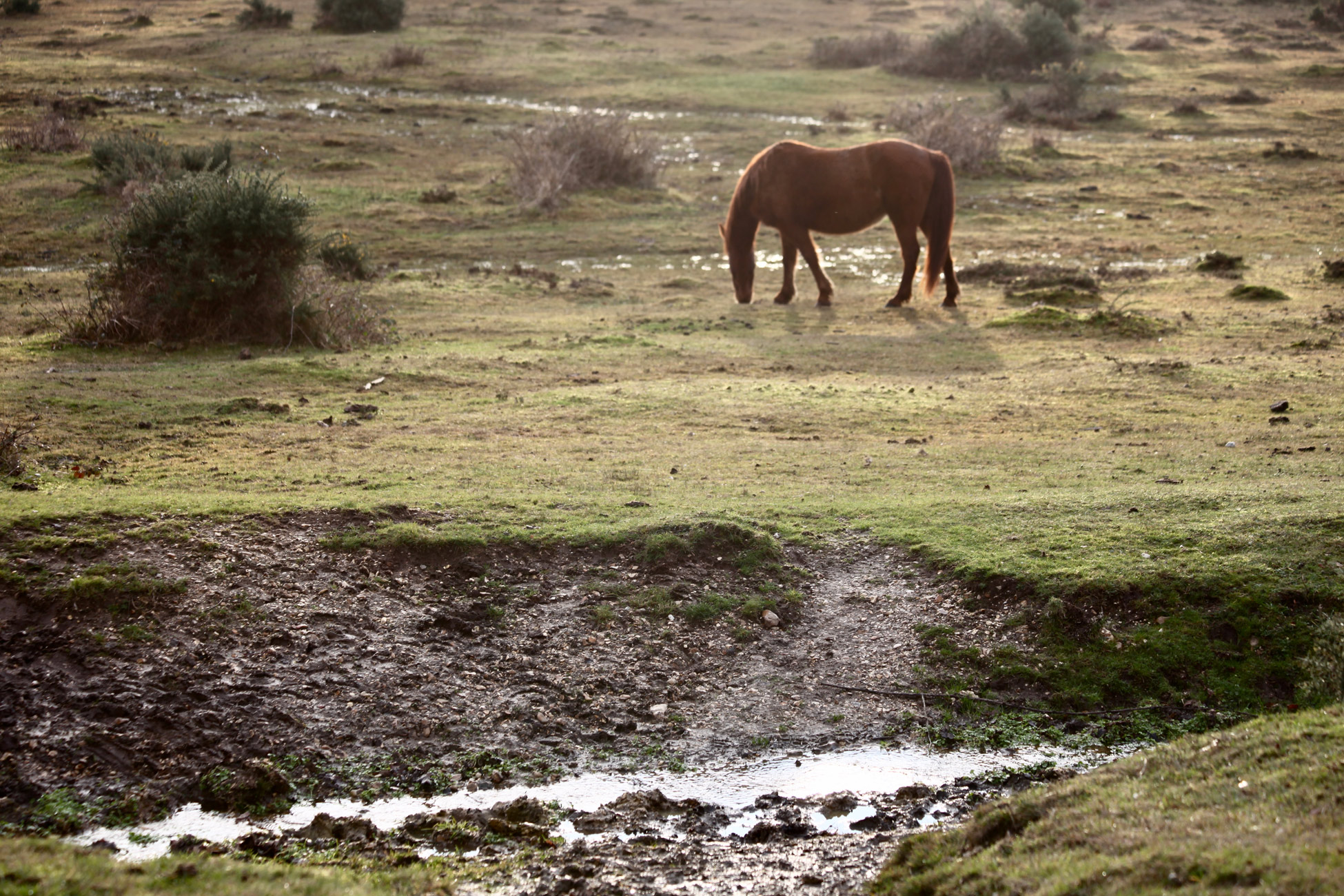The 1980s was the decade in which, as in every other walk of life, the concept of service in UK Social Care suffered a lingering death. This was subtly subordinated to profit.
During the first five of these years the purchaser/provider system began to dominate and convert the task of Social Workers to shoppers for facilities which their departments had once managed themselves.
Until then field workers who needed a provision, such as a placement for children, would negotiate with another section of their agency, to find a residential placement for them. We in the Area Teams would now, through use of budgets, be required to buy the facility from the residential department.
With the increasing trend towards outsourcing across the board Local authorities’ own provisions were slowly reduced as we saw the advance of private agencies treating what were still called Social Services as profit making businesses. In Newark during the 1990s I met at a dinner party a man who had set up a group of care homes for people with learning disabilities. This was the flavour of the month at the time. The gentleman, amenable enough, had neither knowledge of nor real interest in the residents, but was openly taking advantage of government financial incentives.
Because of the shortage of available accommodation for teenagers leaving care homes in the early 1980s I had, in my own time, chaired a group setting up a voluntary agency to provide some of what was needed. This was the Stepping Stone Community, about which more will follow in time.
I was beginning to feel that the writing was on the wall as far as I and Social Services were concerned. This was compounded when yet another reorganisation was set in motion. The Area Managers were to lose their Deputies and another layer of management was created between the Director and the Head of Fieldwork. He and I would be effectively demoted.
The Director told me not to apply for the new post. When I asked him why not he replied that I was not in the forefront of change. I could have spoken about the Stepping Stone Community or I could have mentioned the Summer Sports Project, but I saw no point, and replied: “Someone’s got to do the nurturing, Bill”. This project had been an imaginative use of a fund to help keep vulnerable children out of care. Once again the administrative staff were fully involved. In our area there were numerous sports facilities such as the Jubilee Hall Sports Centre, various parks, and football fields. We bought the necessary equipment for a range of activities. Each staff member was allocated an arena and a group of children, depending on interest and skills. This was so successful that we had to abandon it after a year or two because the older child members were being sent with too young siblings in their charge.
Home Helps were a team, under my wing, who visited elderly and disabled clients in their homes and carried out a range of tasks involving cooking, cleaning, and personal care. After I left these, too, were outsourced, their services radically reduced.
Jackie, who worked in Merton until the first years of the current millennium, first as a Carer, which is what Home Helps are now called, and latterly as a Care Manager, which is a current term for Social Workers, was told by her senior manager that a carer spending time listening or talking with clients was a waste of resource. She was required to explain why helping an elderly person to shower would take more than a quarter of an hour. Sometimes it would take that long for the client to answer the door.
These services are all now farmed out to private agencies who pay minimum wages, use often untrained and inexperienced staff, expect the carers to provide their own transport, do not pay for time travelling from one job to another, and cut considerable corners in time allocation. Consistency of carer is a thing of the past. My own mother was subject to the consequences of all these aspects, until she transferred to a care home. The amounts Local Authorities can contribute to such are woefully inadequate. At least half the cost has to be funded by the family, which generally means, as in our case, that the resident’s house has to be sold to pay for it. The National Health Service can only fund Nursing Care – without medical need it is the responsibility of the Local Authority with its own limited budget.
Hospital beds are being blocked because otherwise well patients have no available residential provision. This is now being seen as a crisis in Social Care. It cannot be resolved without changes in attitude and training.
The above factors all contributed to my giving my Director six months notice of my departure. I used this time to build up a freelance practice, and was amazed when I was given a day a week contract by my boss to be available for consultation to all sections of the department. I was left to manage this myself, and did not go short of referrals.
It is indicative of the changes in technology that when asked what I would like as a leaving present I opted for an electronic typewriter. Today’s widespread use of personal computers had not yet arrived.
Some two decades later, John Munt, Jackie’s manager, when leaving his post, presented each of his staff members with a calculator, informing them that they would need them.






